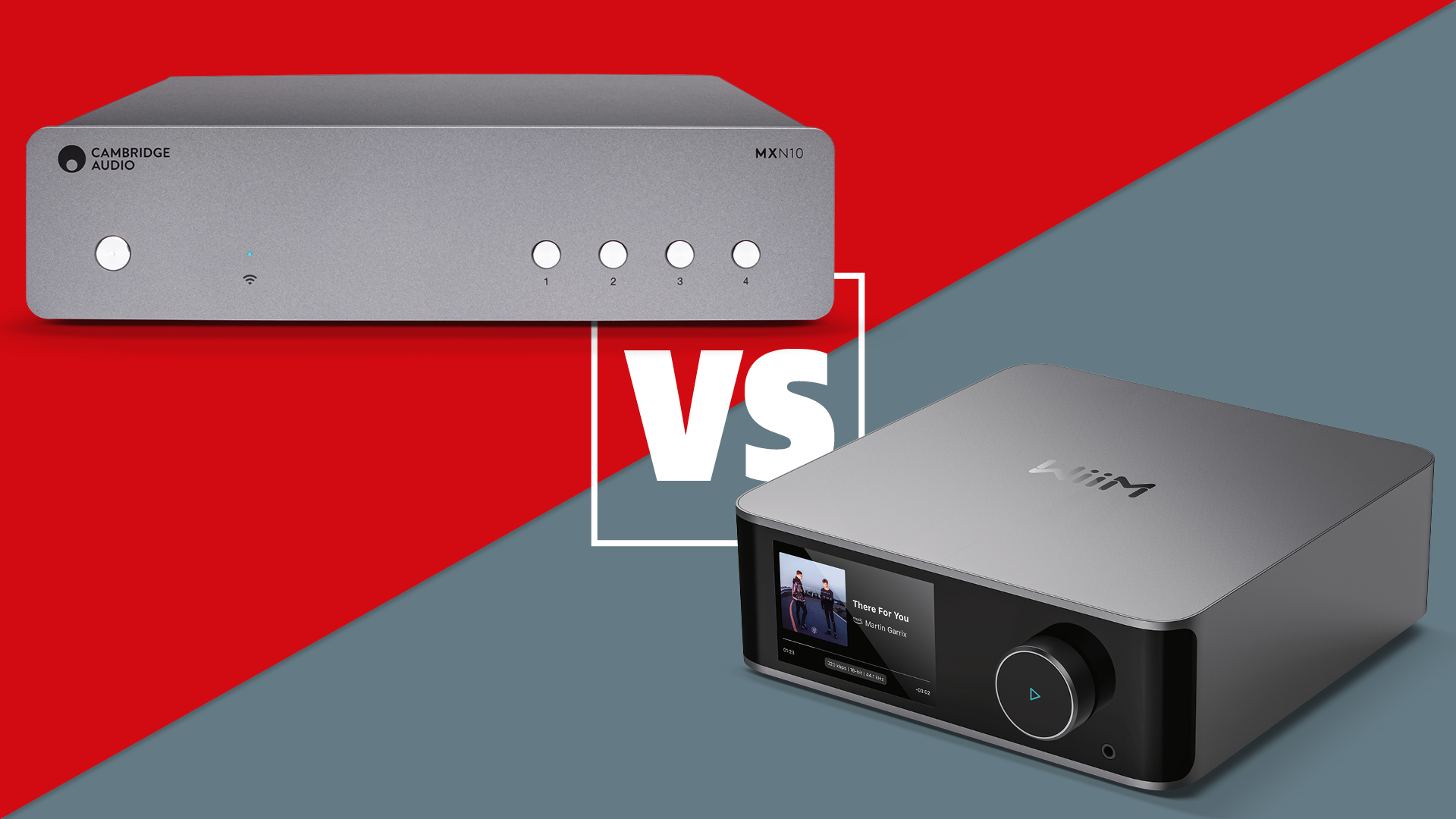Best smartphones 2025: the best phones for music and movies
The best all-rounders that truly nail audio and video quality
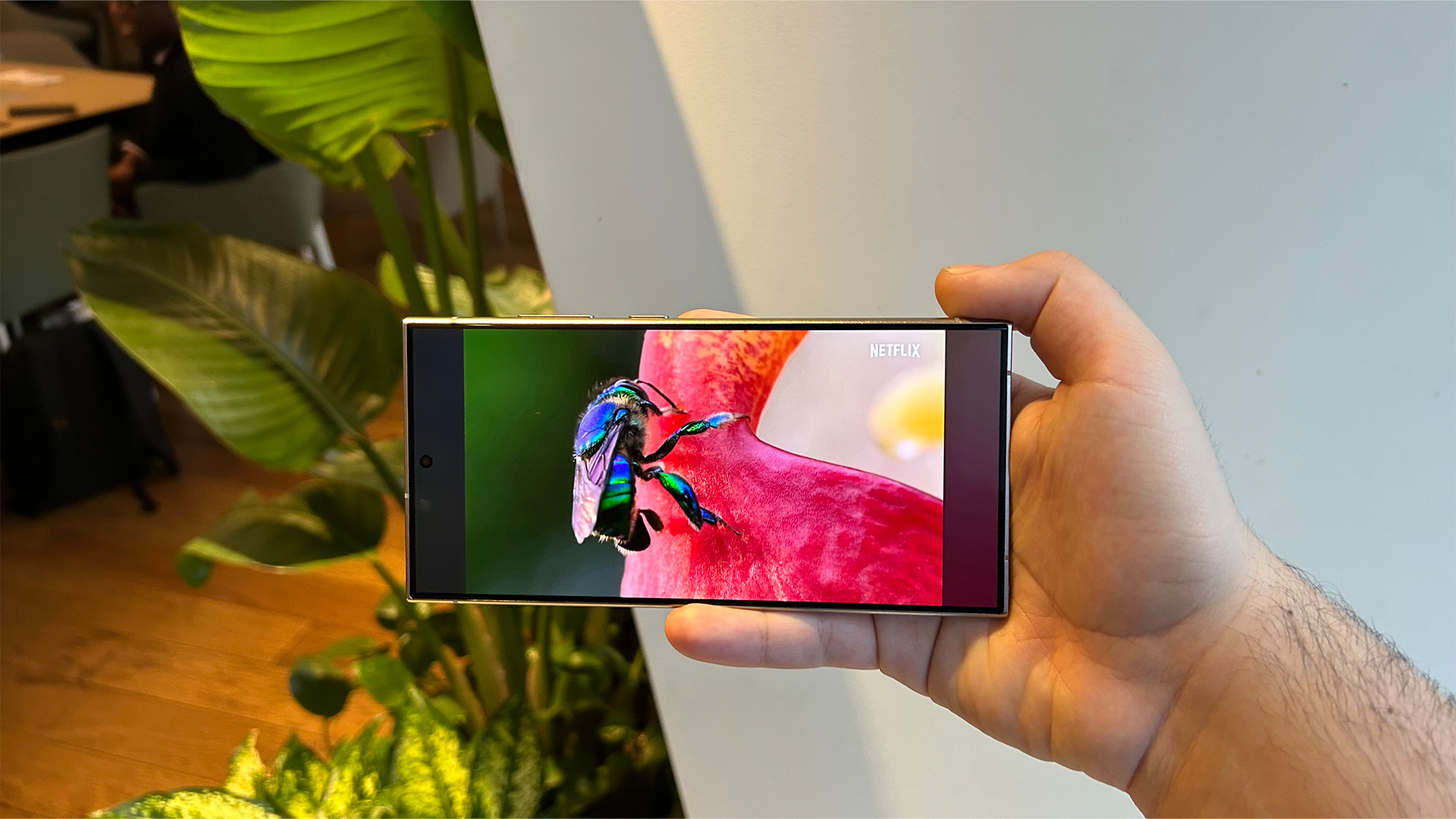
Smartphones have become a bigger part of our lives than ever before. We don't just use phones for taking and receiving calls these days; they allow us to watch movies, listen to music and snapping excellent quality photos. The list goes on.
This is mostly thanks to smartphones integrating HDR support and OLED panels to improve their performance. Most phones support Dolby Atmos audio too, meaning immersive movie viewing on the go is better than ever. Of course, the picture and sound quality of a smartphone is one of the most interesting aspects for us, so that's why we take their performance in these fields into account.
So, what smartphone is worthy of having a place in your pocket? With a massive variety in price, size and quality, there are some tough decisions to make. Samsung, for example, released its new series of smartphones earlier this year including the Galaxy S25 and Galaxy S25 Ultra. But don't fret – we have got you covered.
Below you will find the best smartphones we recommend, all of which have been tested by our expert review team so if you purchase one of these handsets for music and movies, then you can rest assured knowing you've got yourself a What Hi-Fi? approved smartphone.
If you'd like to learn more about this process, then you can find a full breakdown of how we test smartphones at the bottom of this page.
So, without further ado, let's jump in and see what smartphone is best for you to take your music and movies on the go:

I’m a Staff Writer on What Hi-Fi? who has grown up with smartphones. Over the years I’ve used everything from cheap Androids to eye-wateringly pricey iPhones, witnessed the near extinction of the 3.5mm headphone port first-hand, and spent more hours watching Netflix on trains than I’d care to count, so I know what makes a good phone. I’ve since reviewed multiple generations of flagship and affordable handsets, so while my day-to-day work testing televisions and surround-sound systems means I can identify the phones with the best picture and audio performance, I also know what to look for when it comes to general usability and camera quality.
The quick list
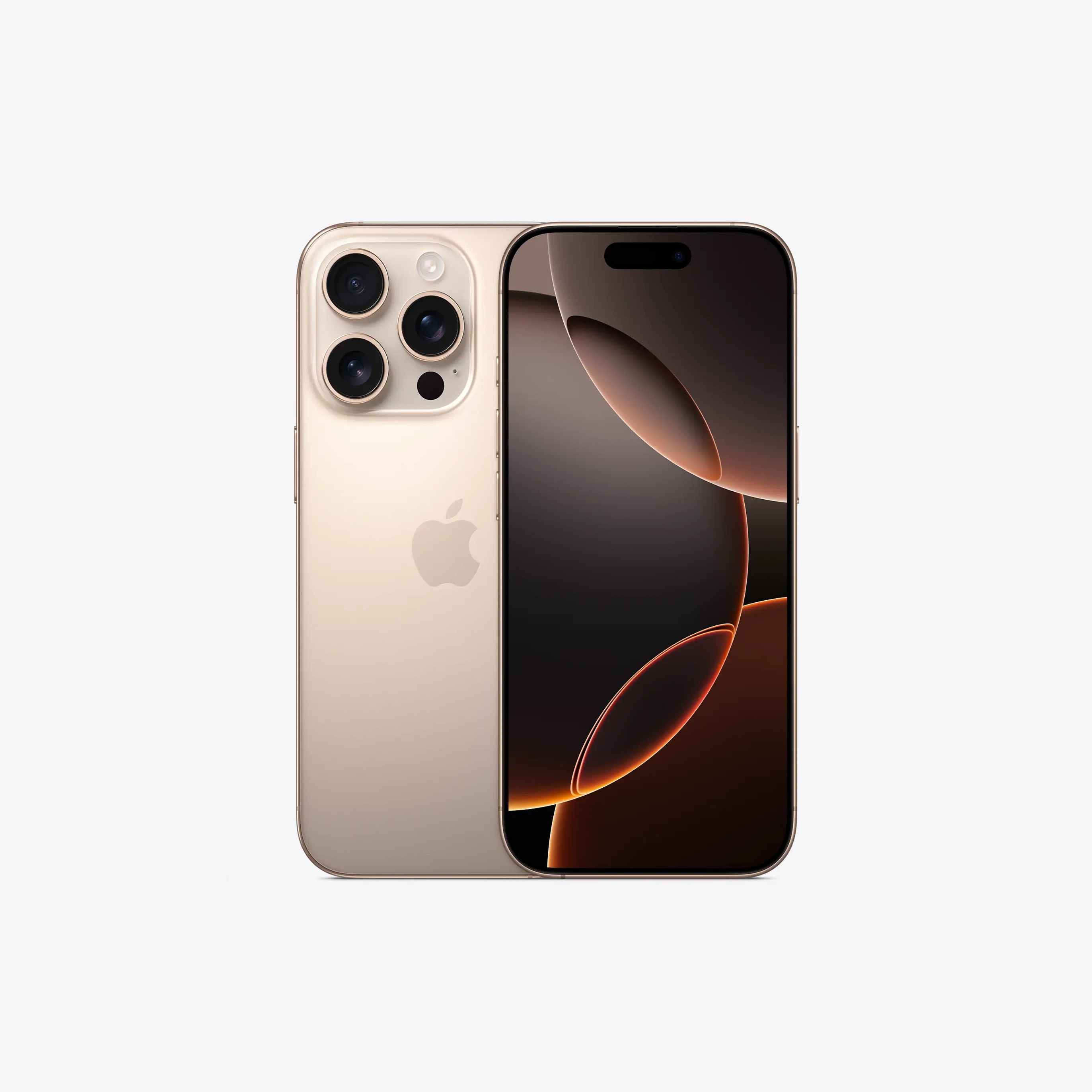
Best overall
Apple's iPhone 16 Pro is a brilliant all-rounder, with excellent attention-to-detail in all areas. It's a great device to watch movies with and enjoy your favourite tunes.
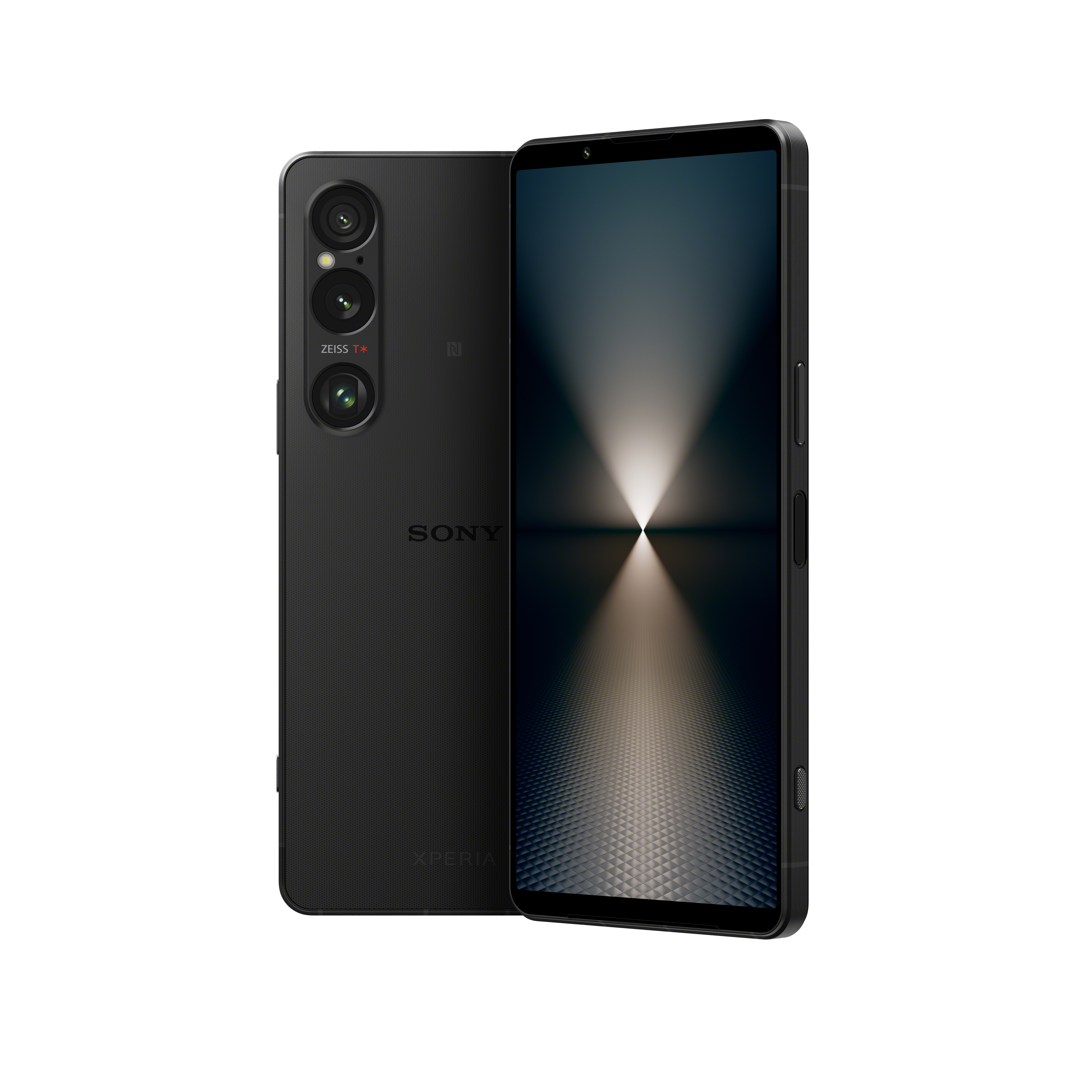
Best Android
If you’re looking for the most cinematic Android phone you can buy, you’ve just found it.
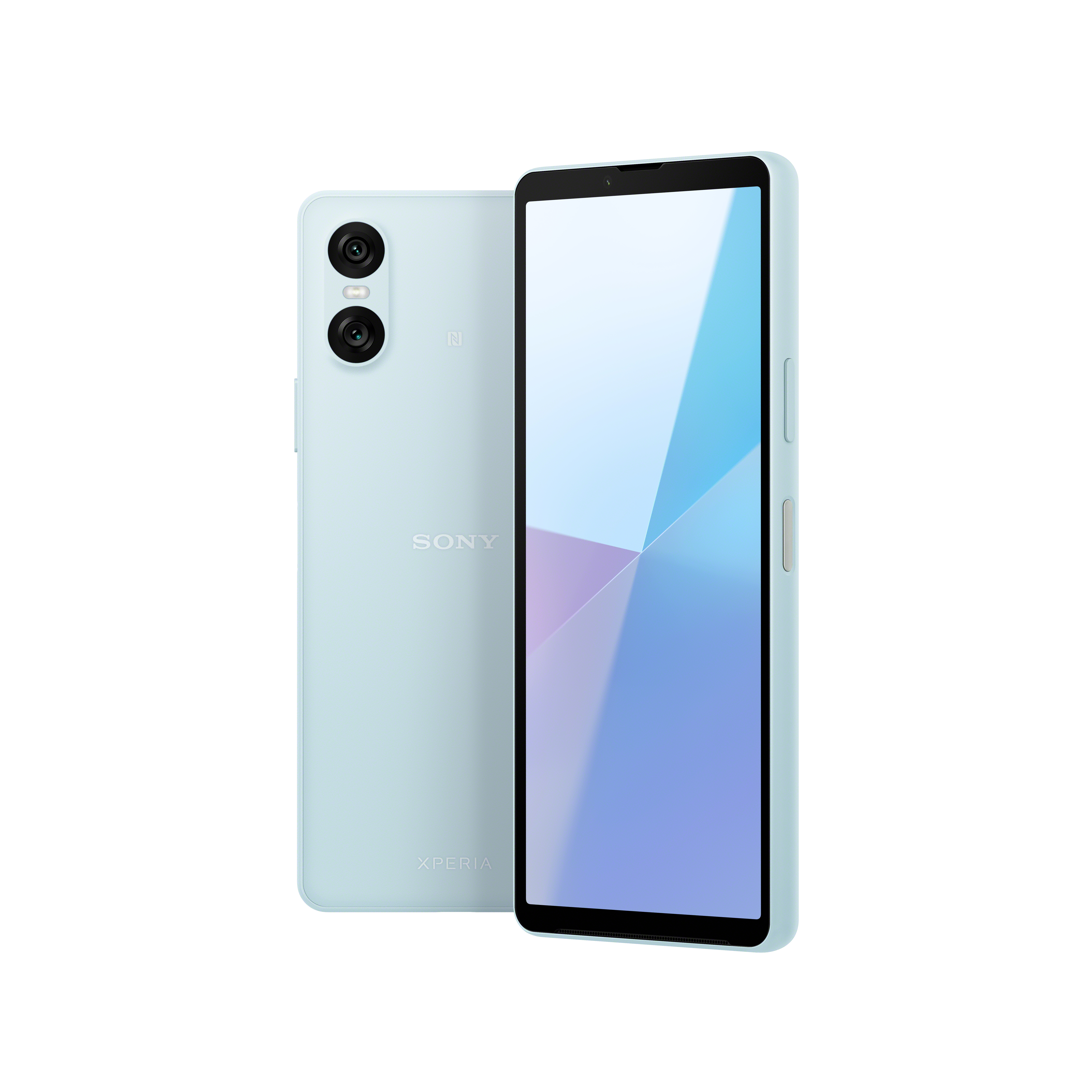
Best cheap
The Xperia 10 VI is proof that you don’t need to spend a fortune to get brilliant mobile AV performance.
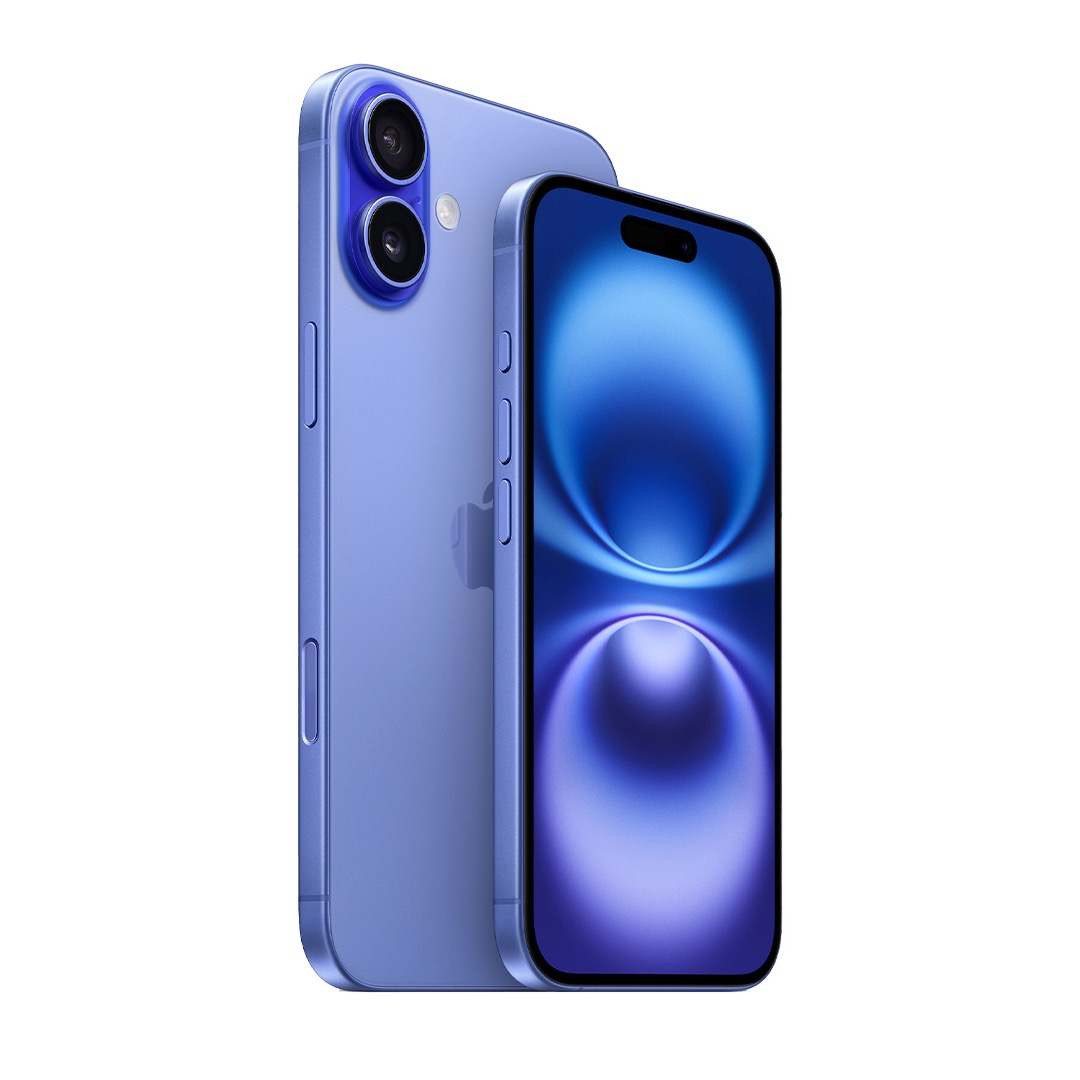
Best mid-range
Not the cheapest mid-range phone out there, but the iPhone 16 is worth every penny.
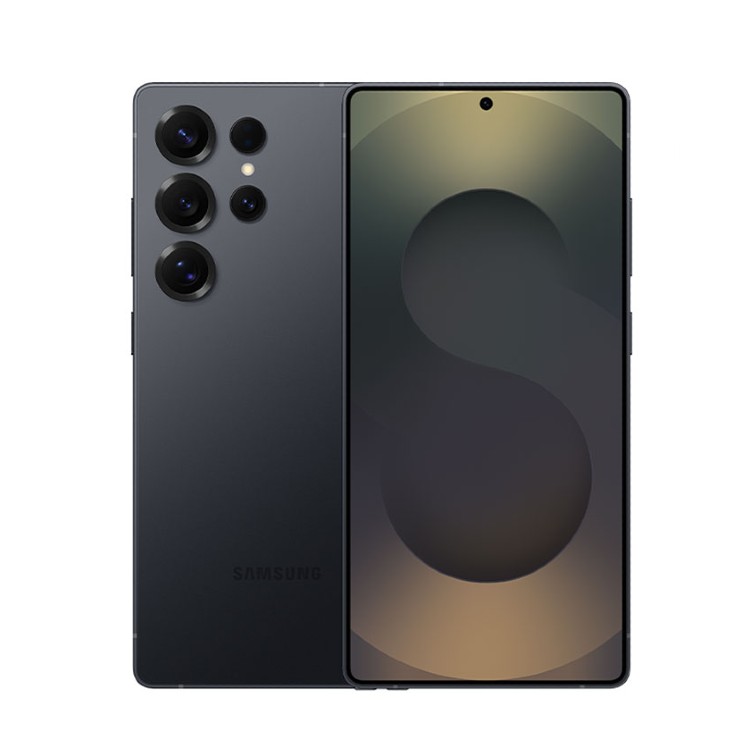
Best Samsung
If you’re a Samsung supporter the Galaxy S25 Ultra is a solid performer that improves upon its predecessor.
Recent updates
20 March 2025: Samsung Galaxy S25 Ultra usurps S24 Ultra in best Samsung category. 11th September 2024: Sony Xperia 1 VI replaces the Sony Xperia 1 V, Samsung Galaxy Z Fold 6 becomes an also consider option.
The best smartphone overall
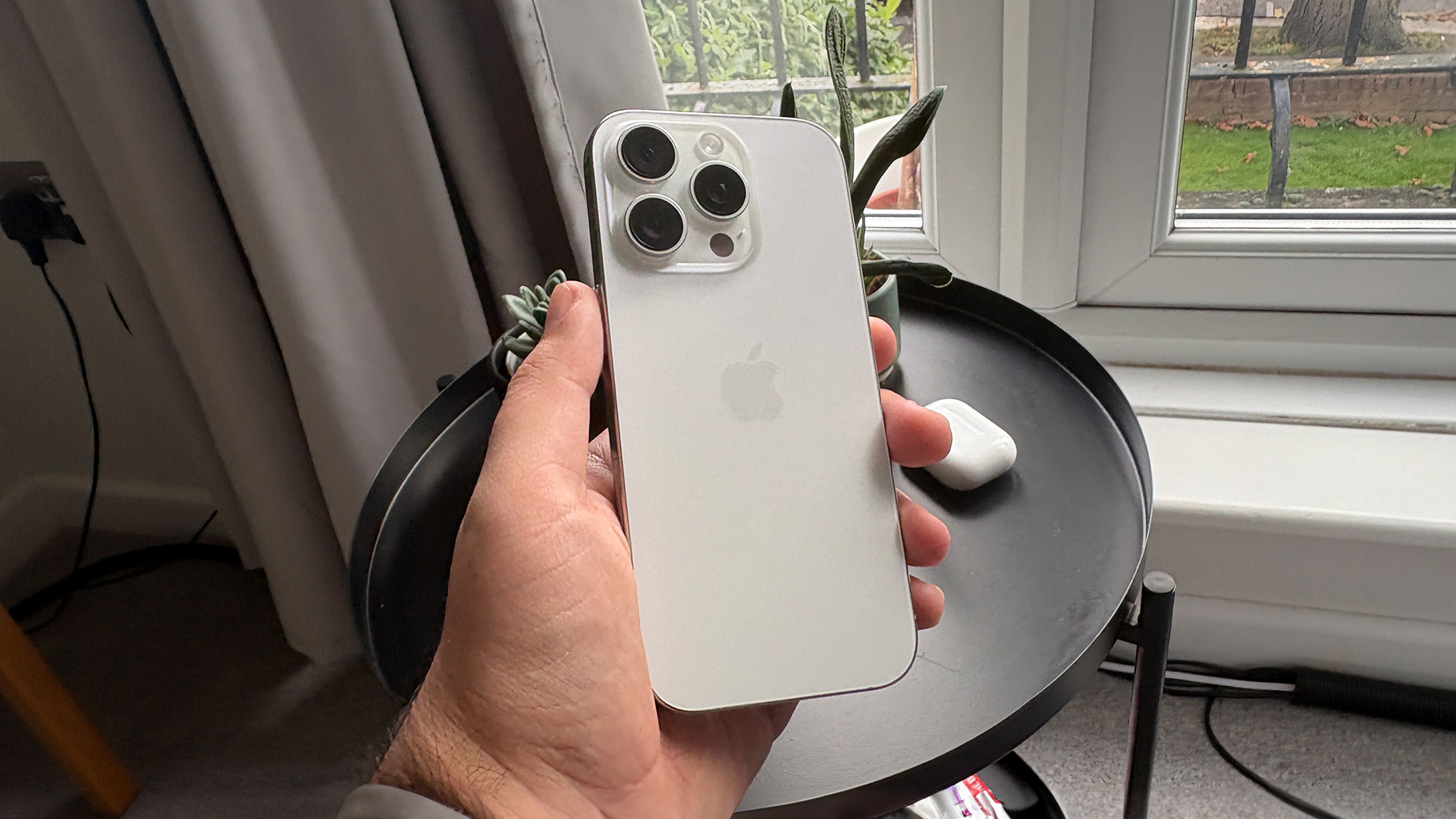
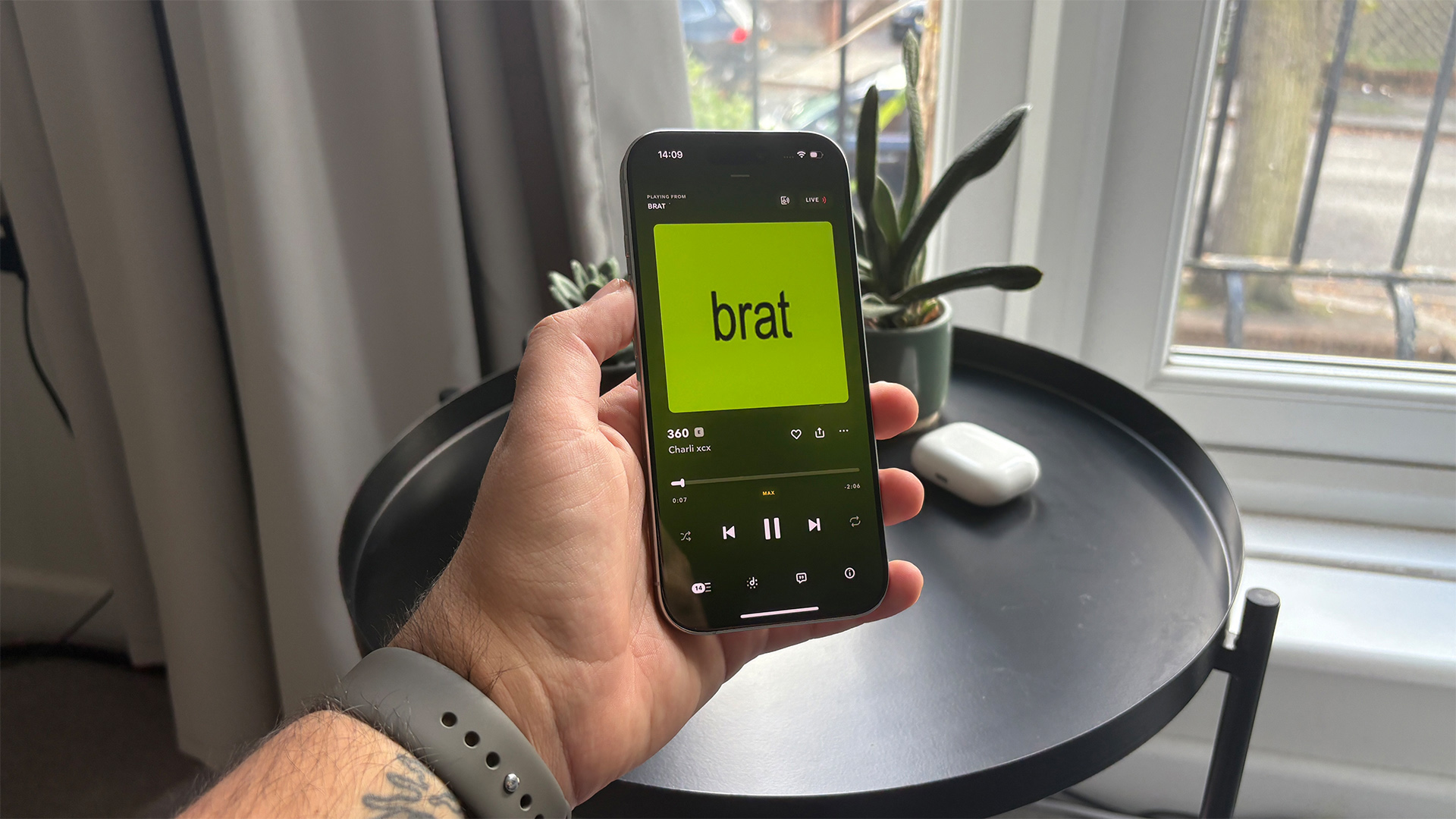
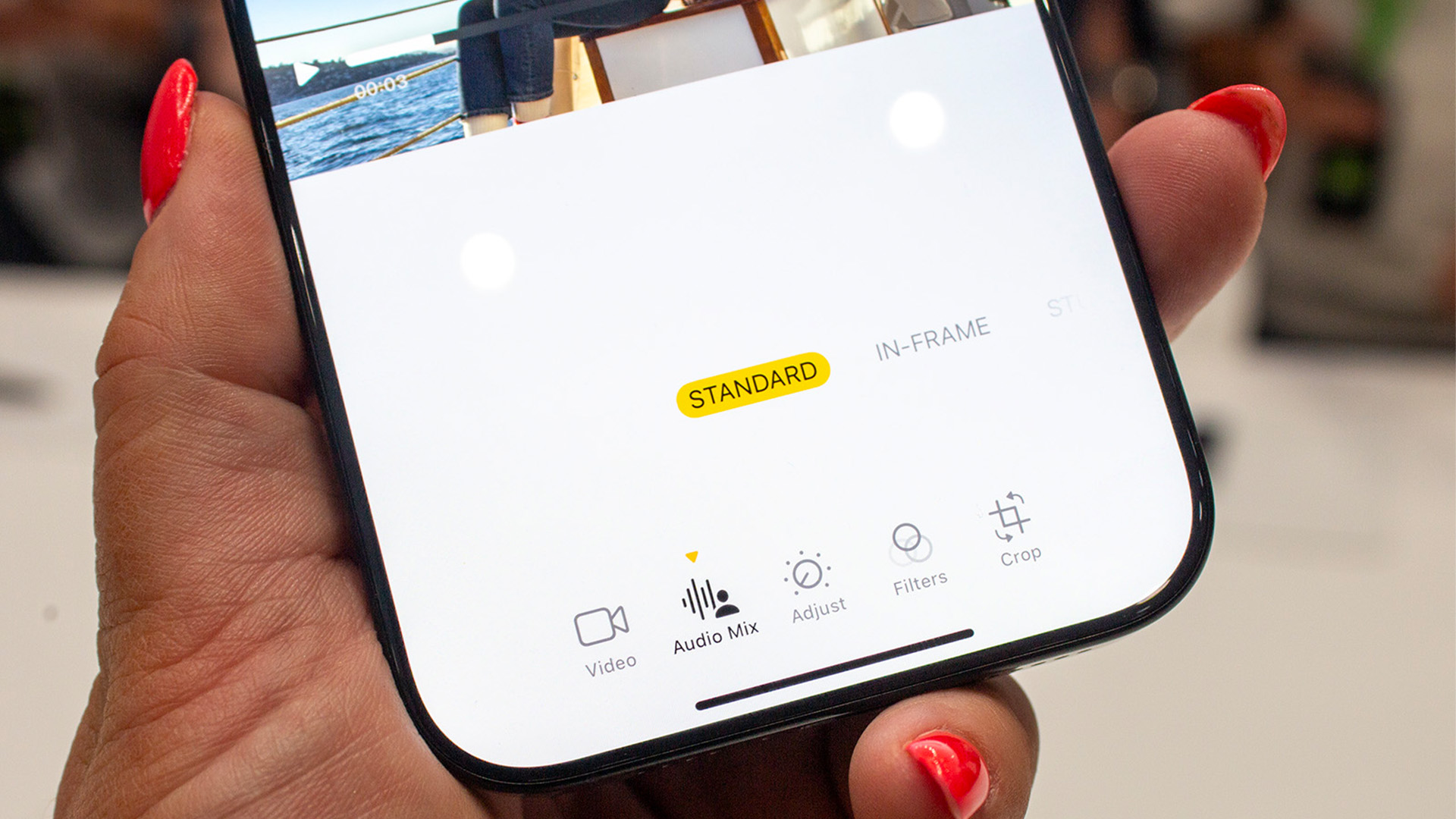
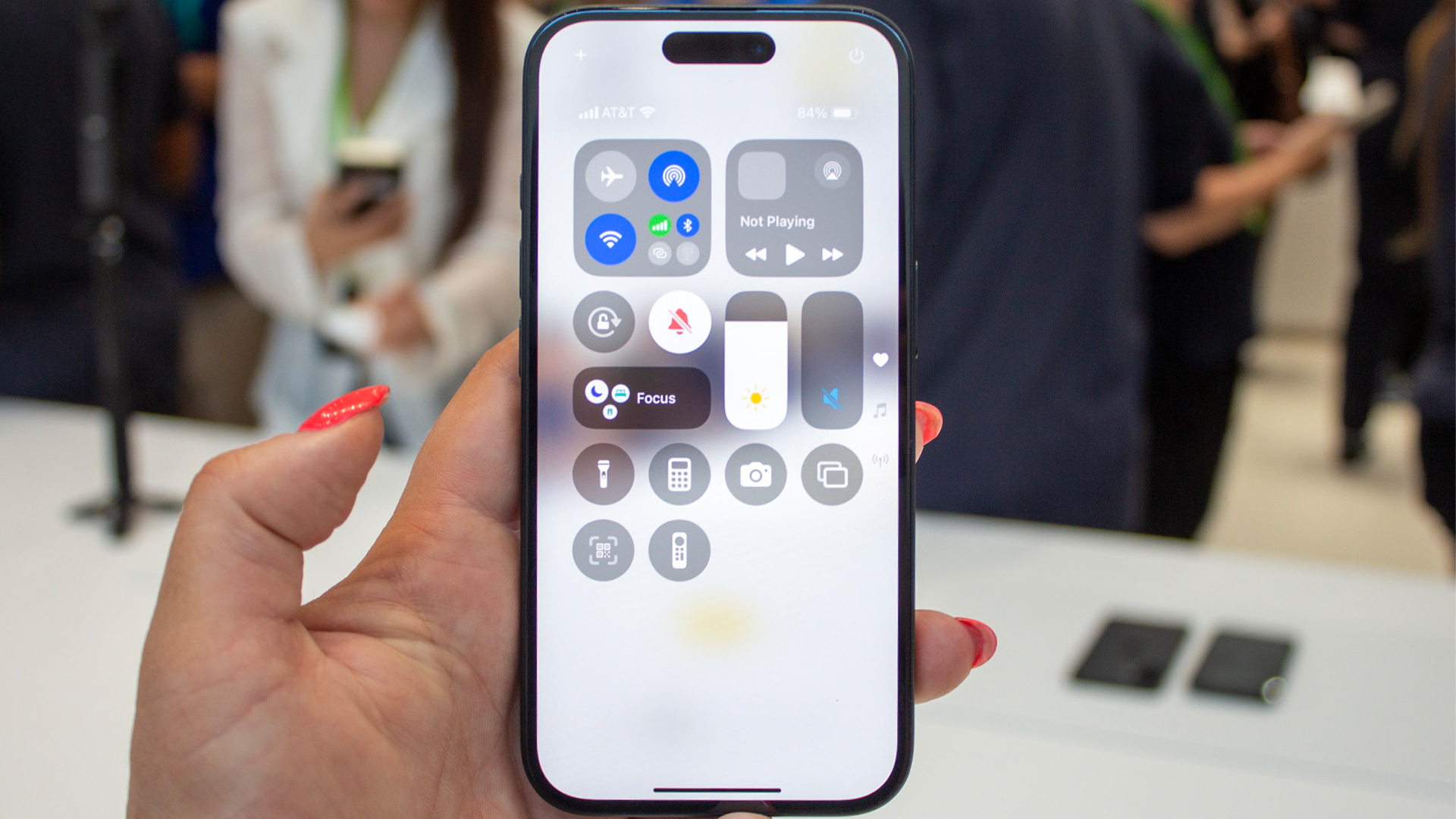
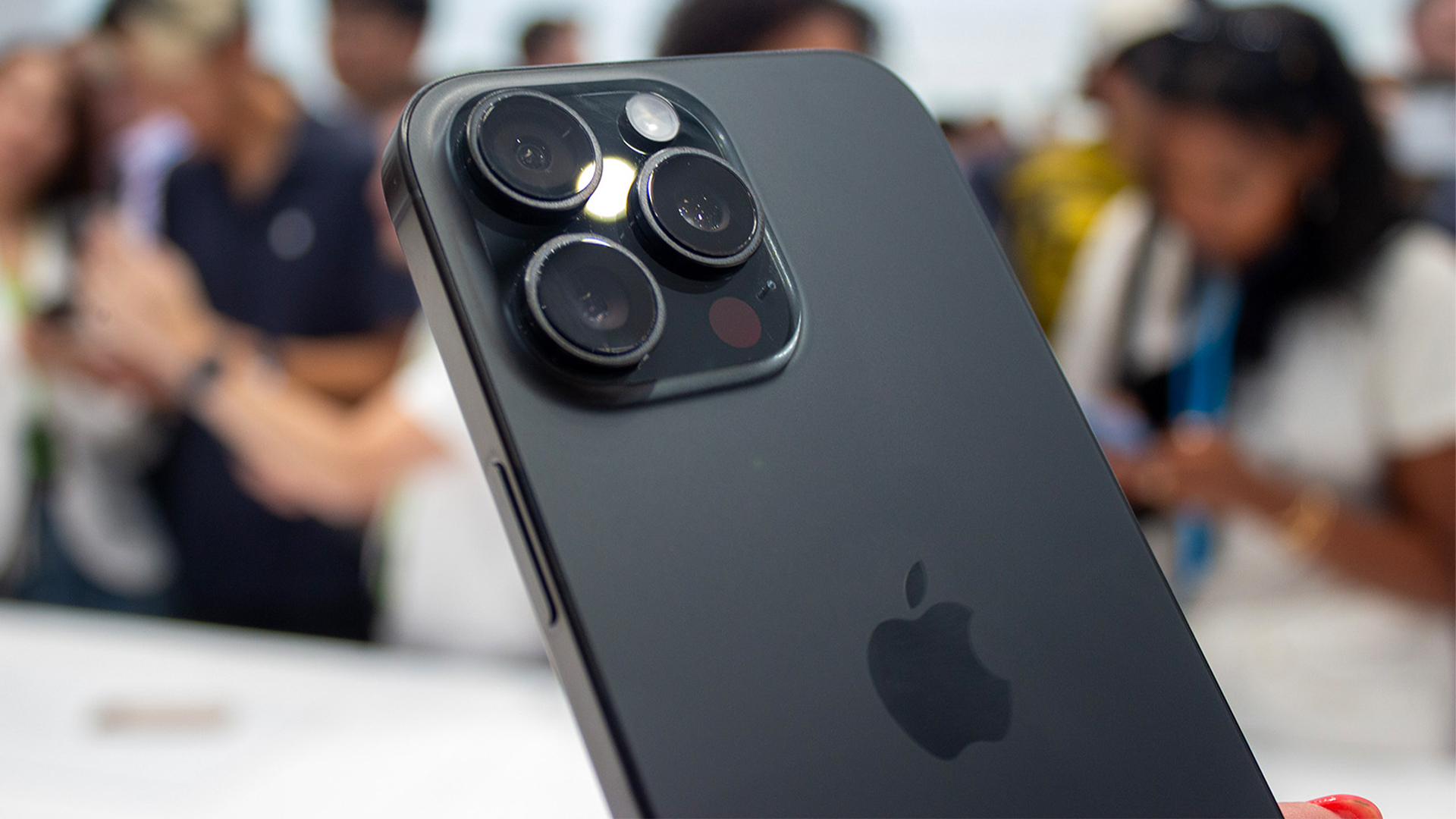
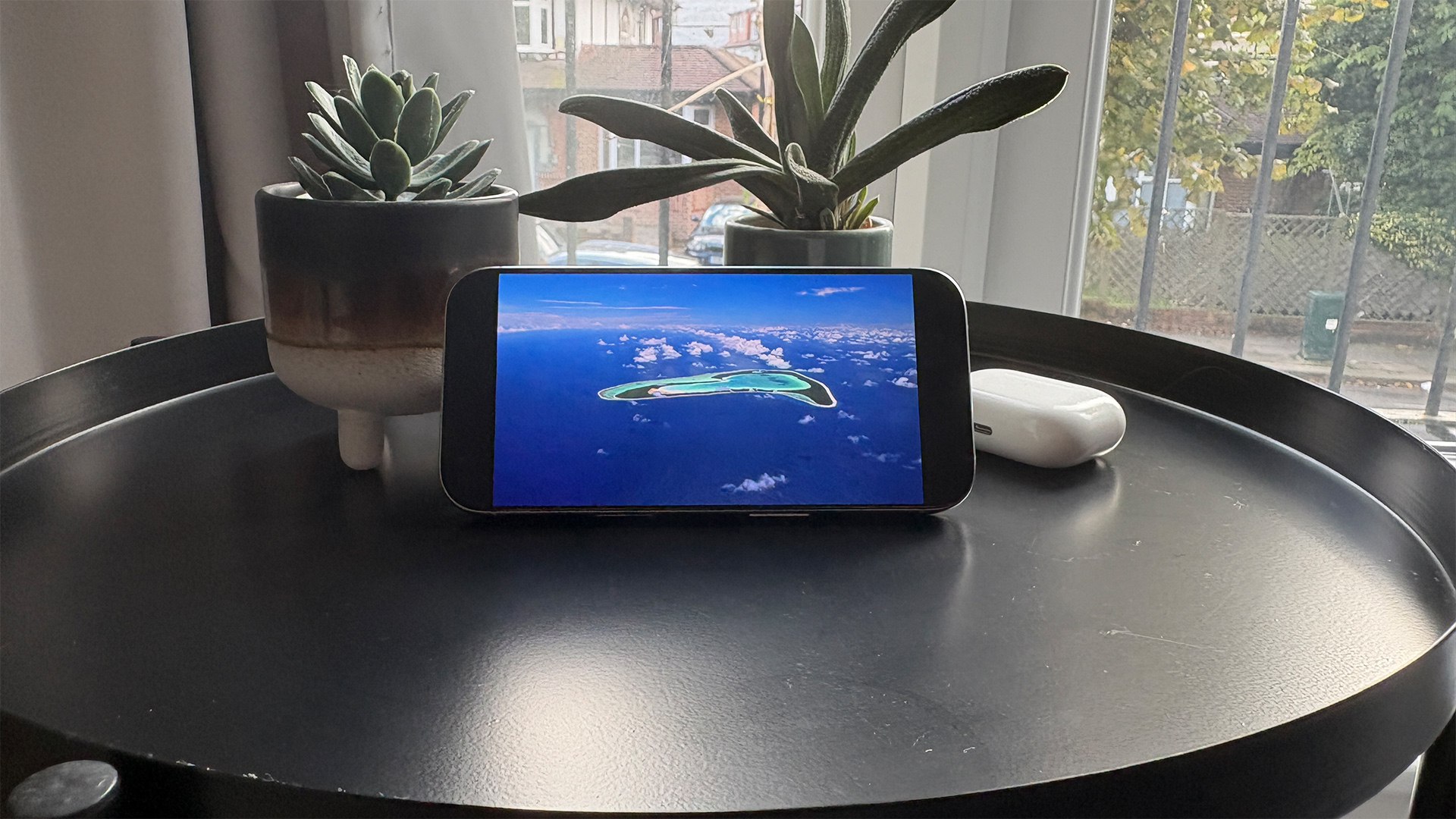
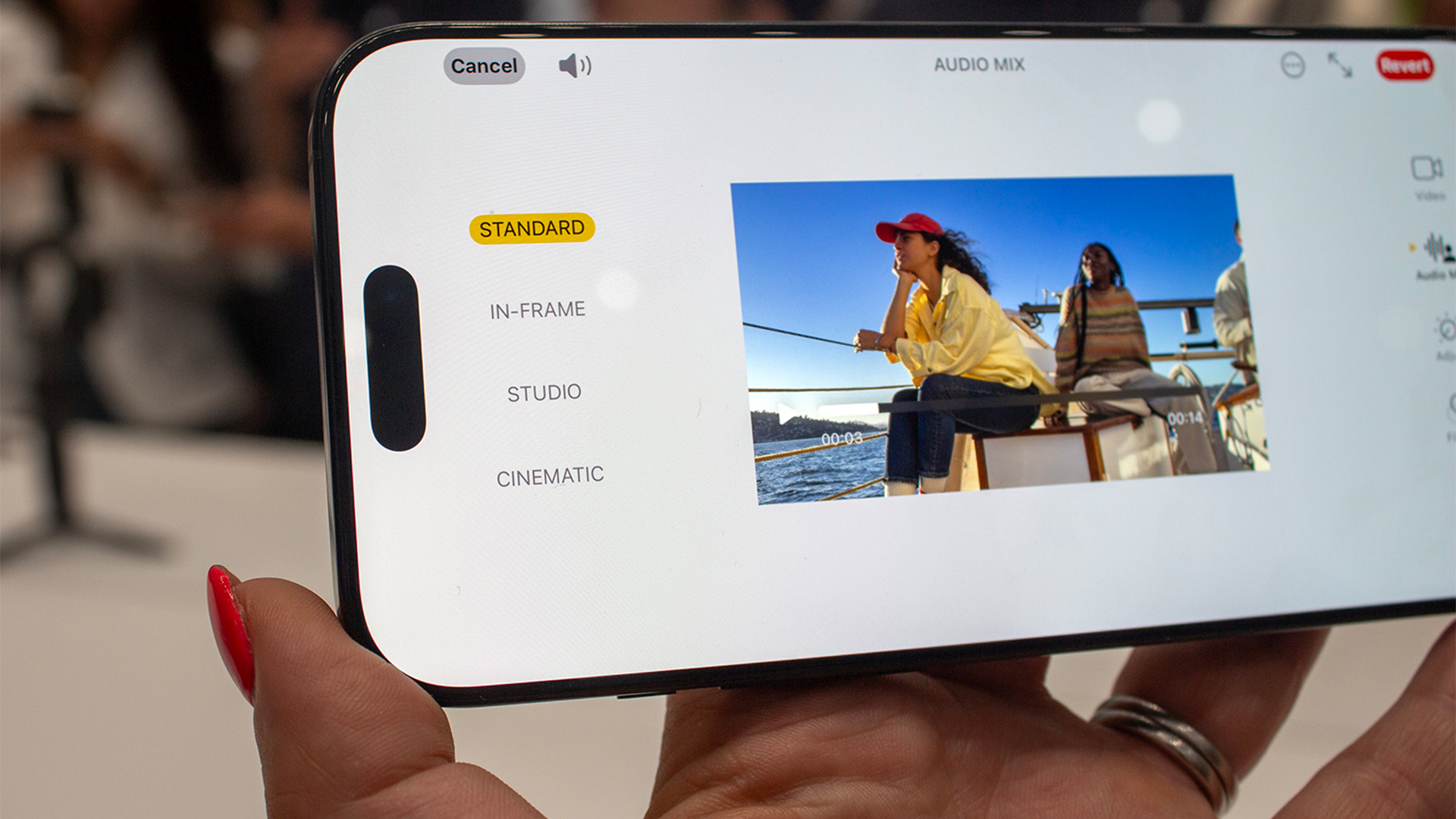
Specifications
Reasons to buy
Reasons to avoid
Apple's iPhone 16 Pro ticks all the boxes on our list of what makes a great smartphone. With its impressive AV abilities and refined picture and sound, we rated it very highly during our testing process.
While its design has stayed largely the same compared to its processors, its sleek feel and glass and titanium build comes together to create a satisfying package. A18 Pro processor powering the device alongside 8GB of RAM is capable of running console-quality games as well.
In terms of the camera, the 6.3-inch iPhone 16 Pro is an excellent smartphone as it produces crisp and detailed images with rich colours, and the versatility of the different lenses is appreciated. It also features a broad brightness range from one nit to 2000 nits peak brightness.
We were impressed with the iPhone 16 Pro's picture, too. It's on the whole rich and punchy, as well as being expertly balanced and subtle.
When reviewing the phone, we said: "As evidenced by 1917 in HDR10 (also on Netflix), clothing textures have a subtle gradation of colour throughout that isn’t visible on equivalent handsets, such as the Sony Xperia 1 VI. The dirt that forms the trenches is packed with detail, with defined rocks and rubble adding texture without looking either mushy or over-etched."
Its audio performance is excellent, both with the stereo loudspeaker system and with headphones. We tested its stereo system with Top Gun: Maverick, and found it to be clean and energetic. They carry some genuine weight behind them too, though we wouldn’t count on them to replace a quality Bluetooth speaker if you do want to play your music out loud.
The iPhone 16 Pro doesn’t come cheap, but its a showstopper for its performance as a portable movie and music device.
Read our full Apple iPhone 16 Pro review
The best Android smartphone
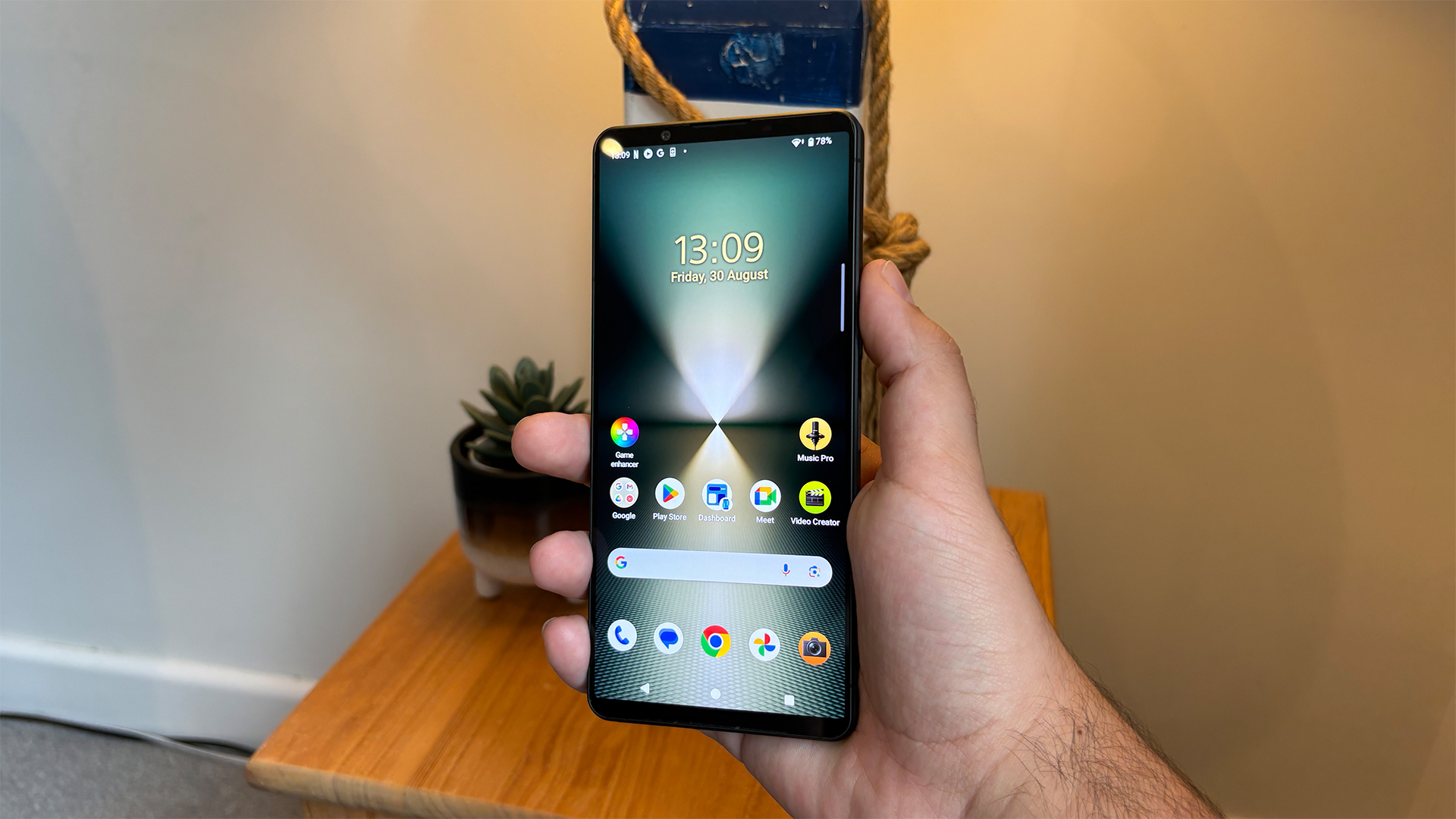
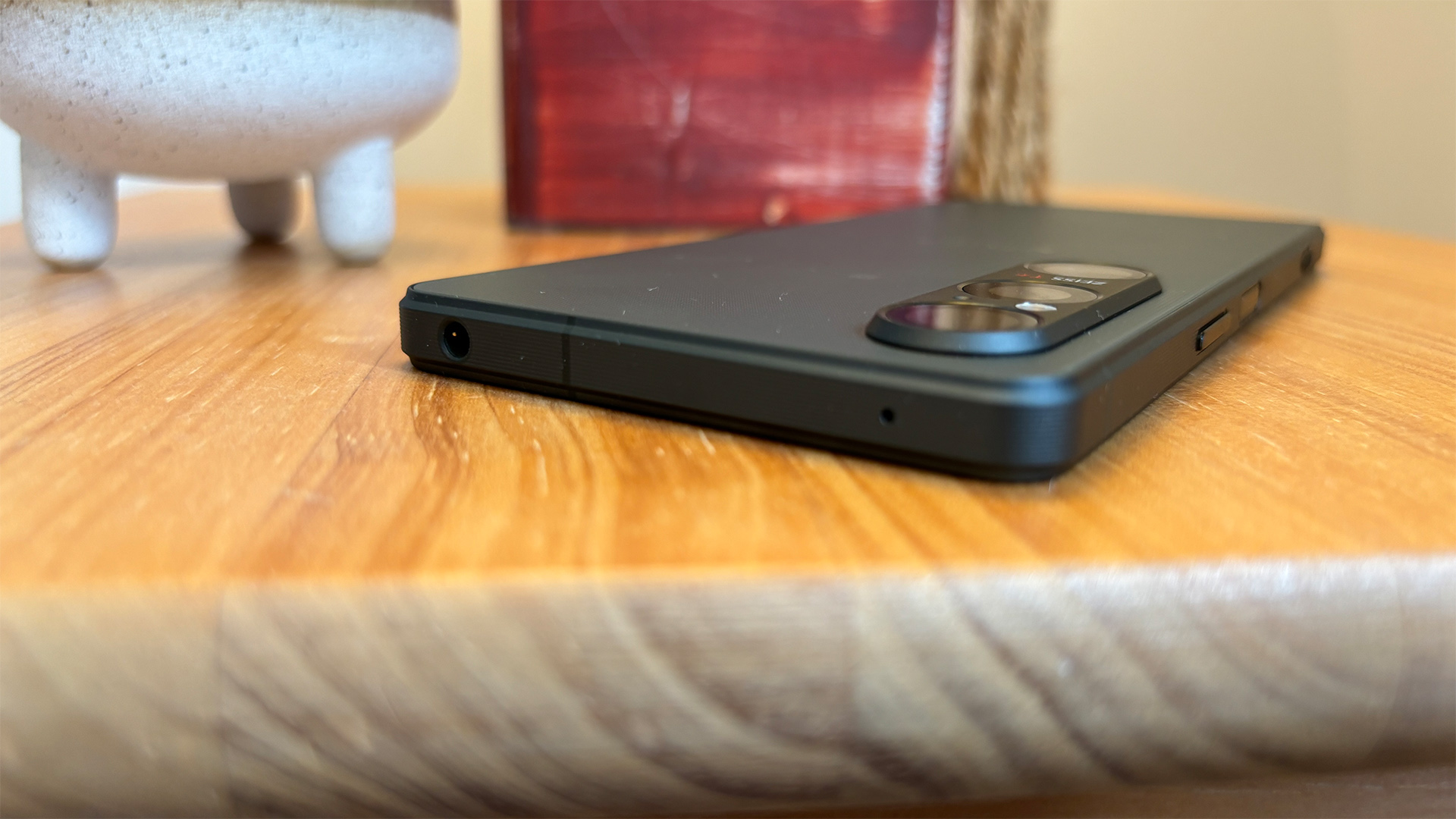
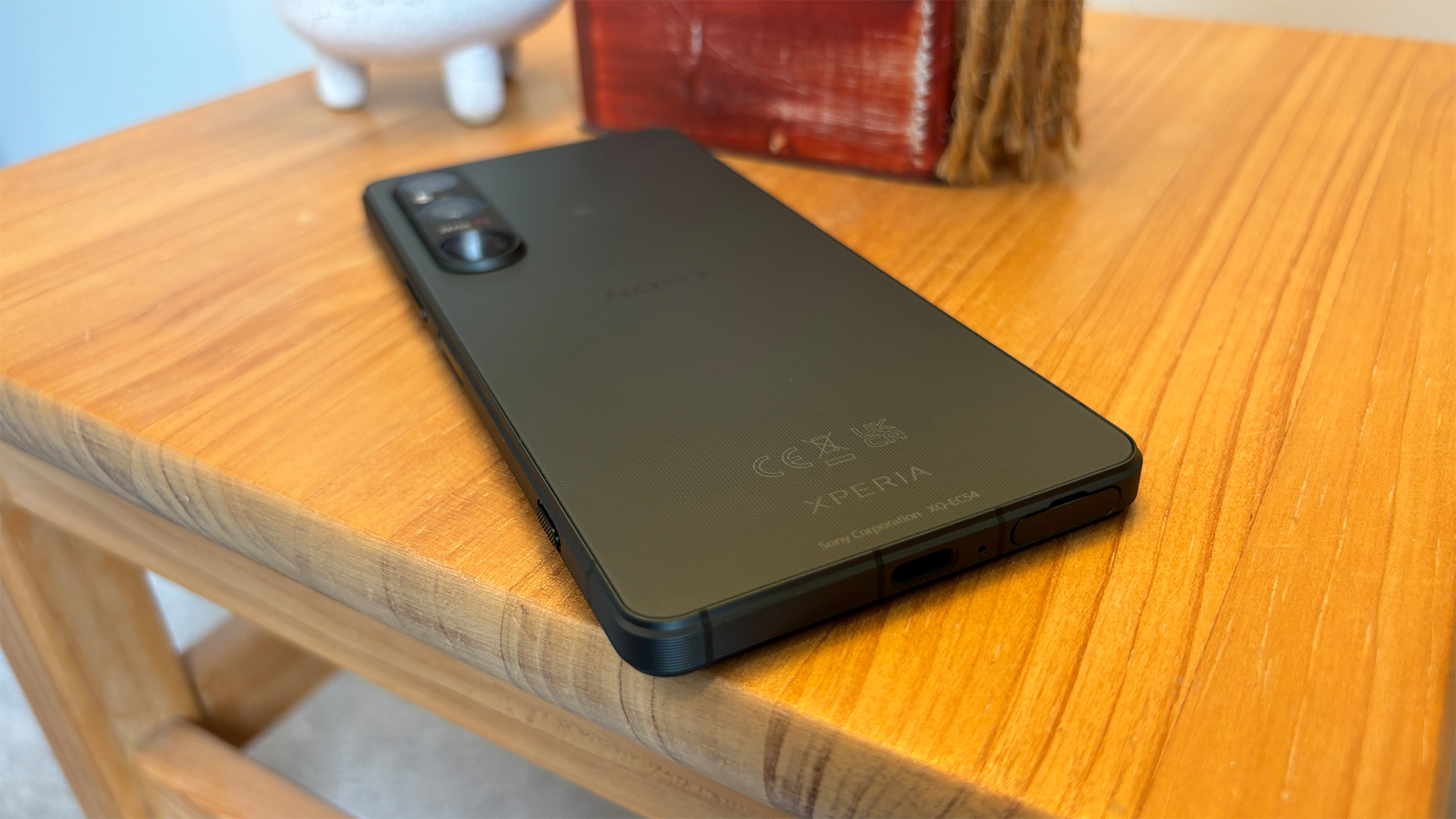
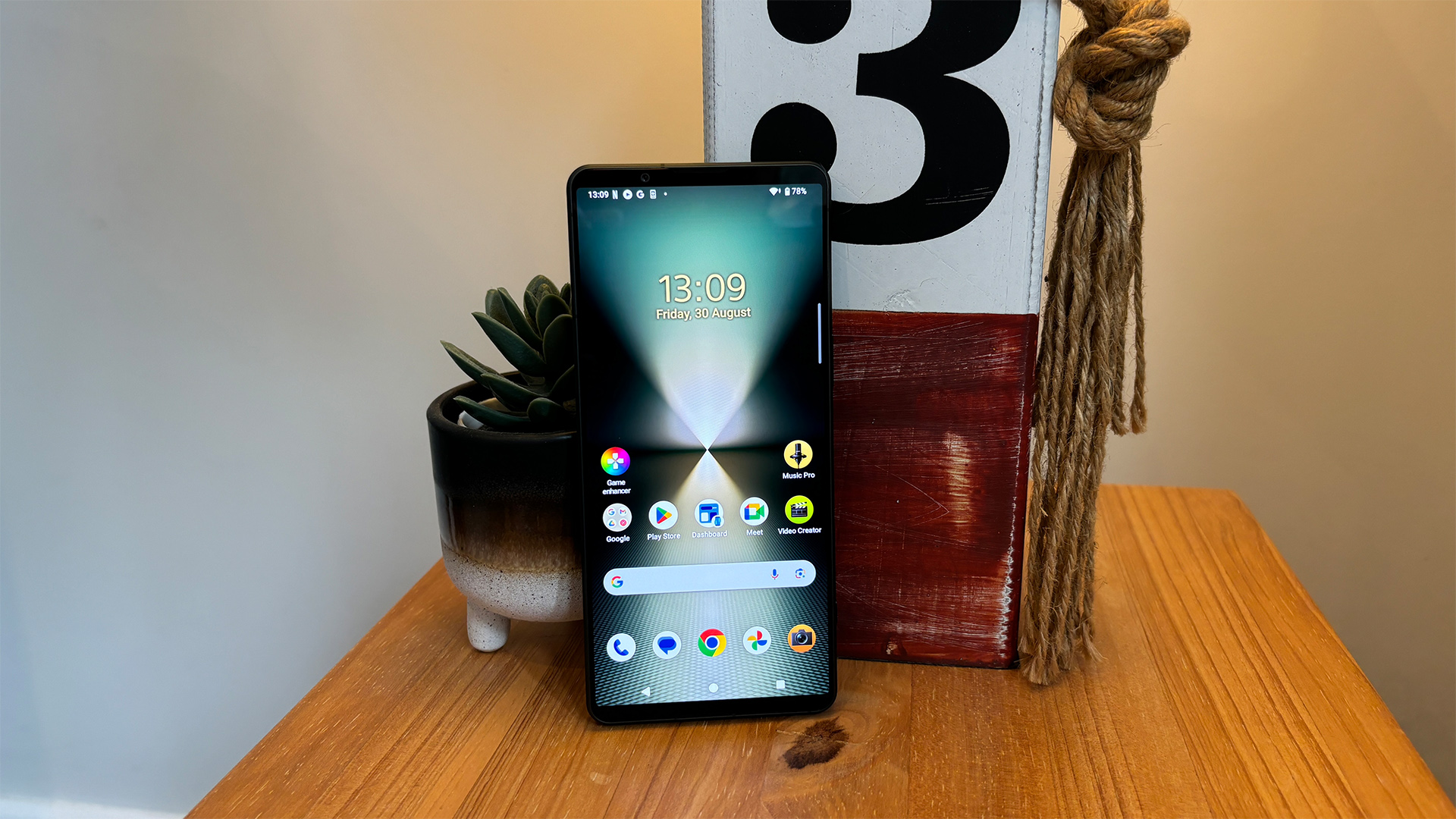
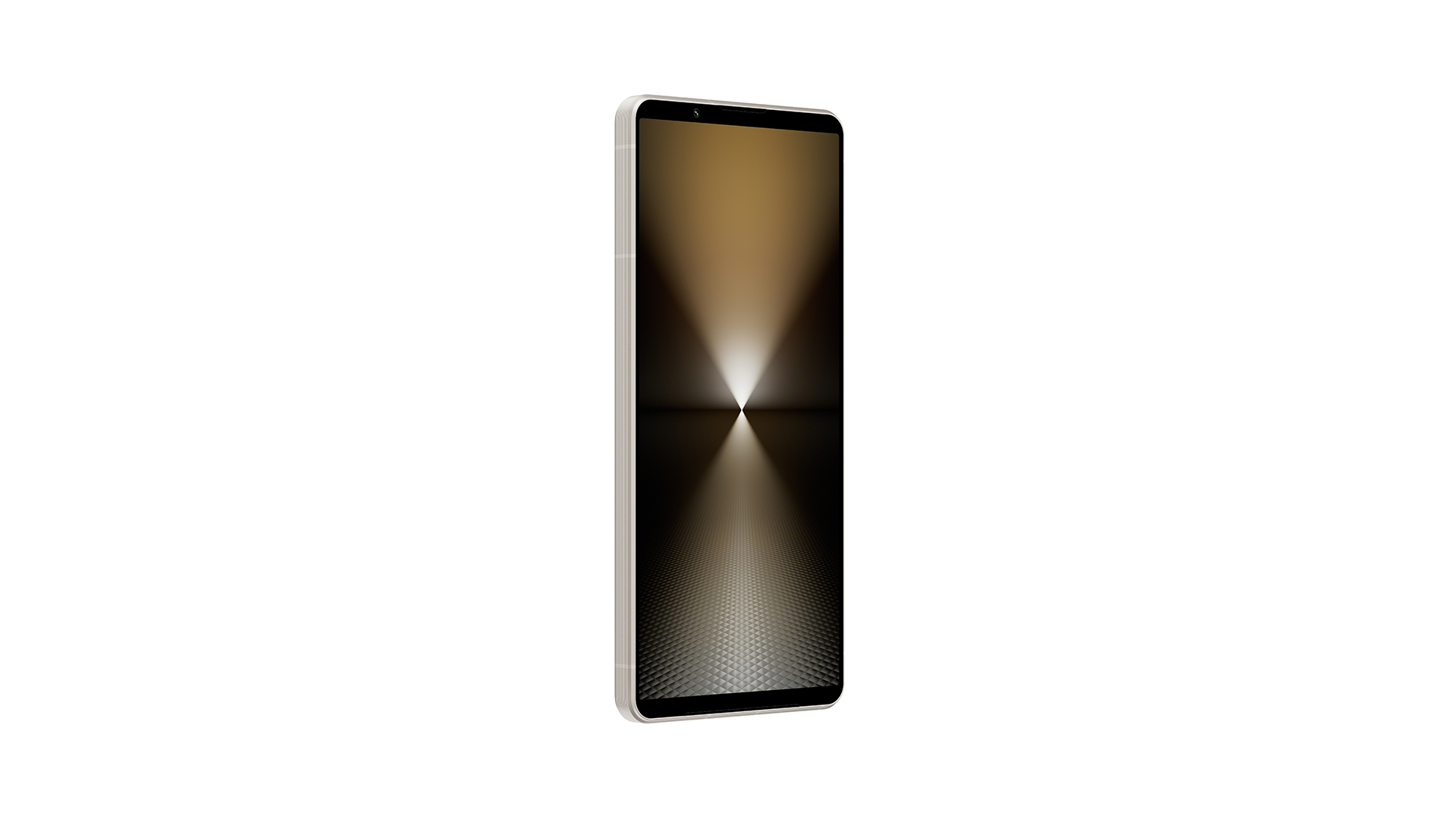
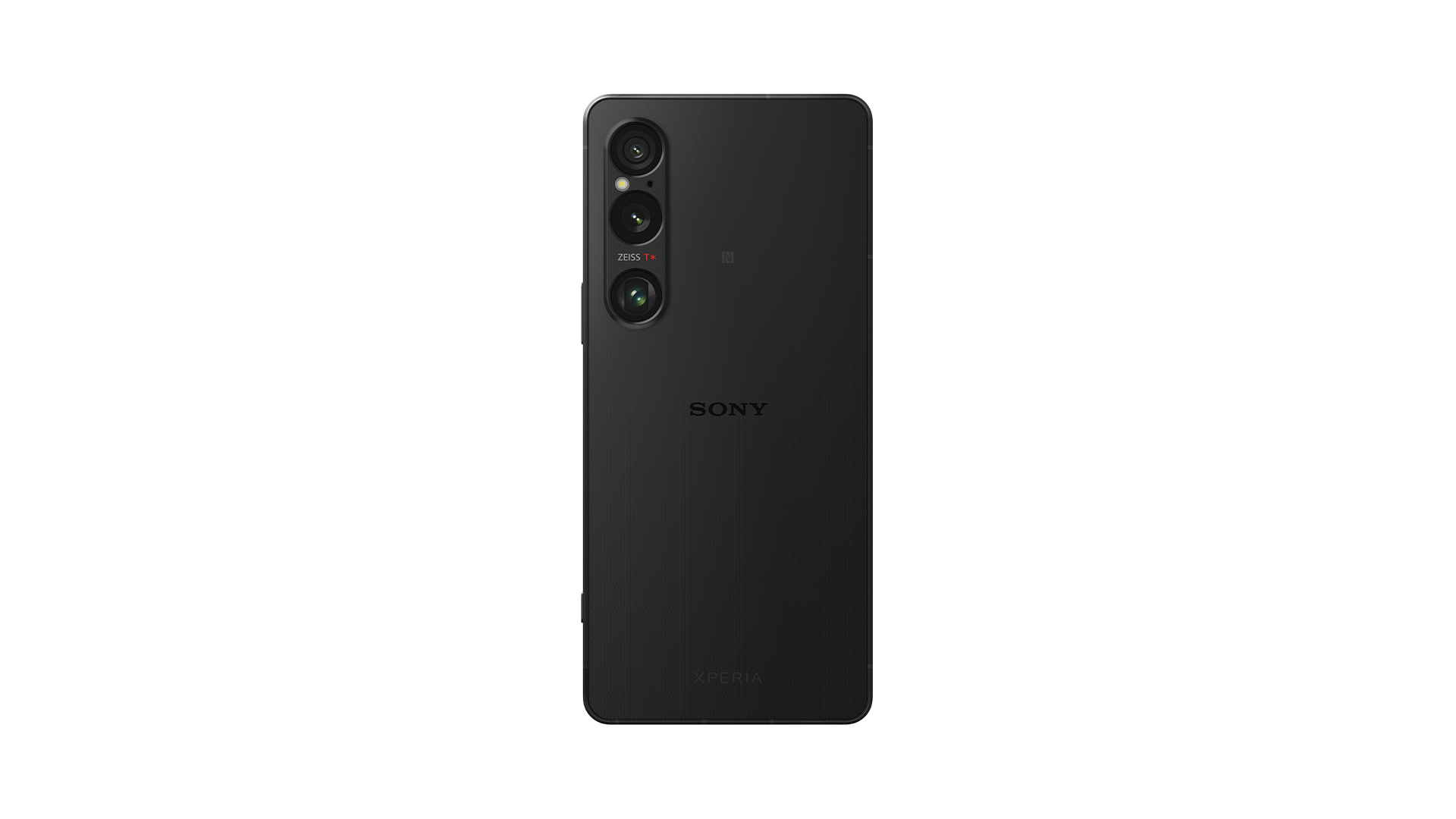
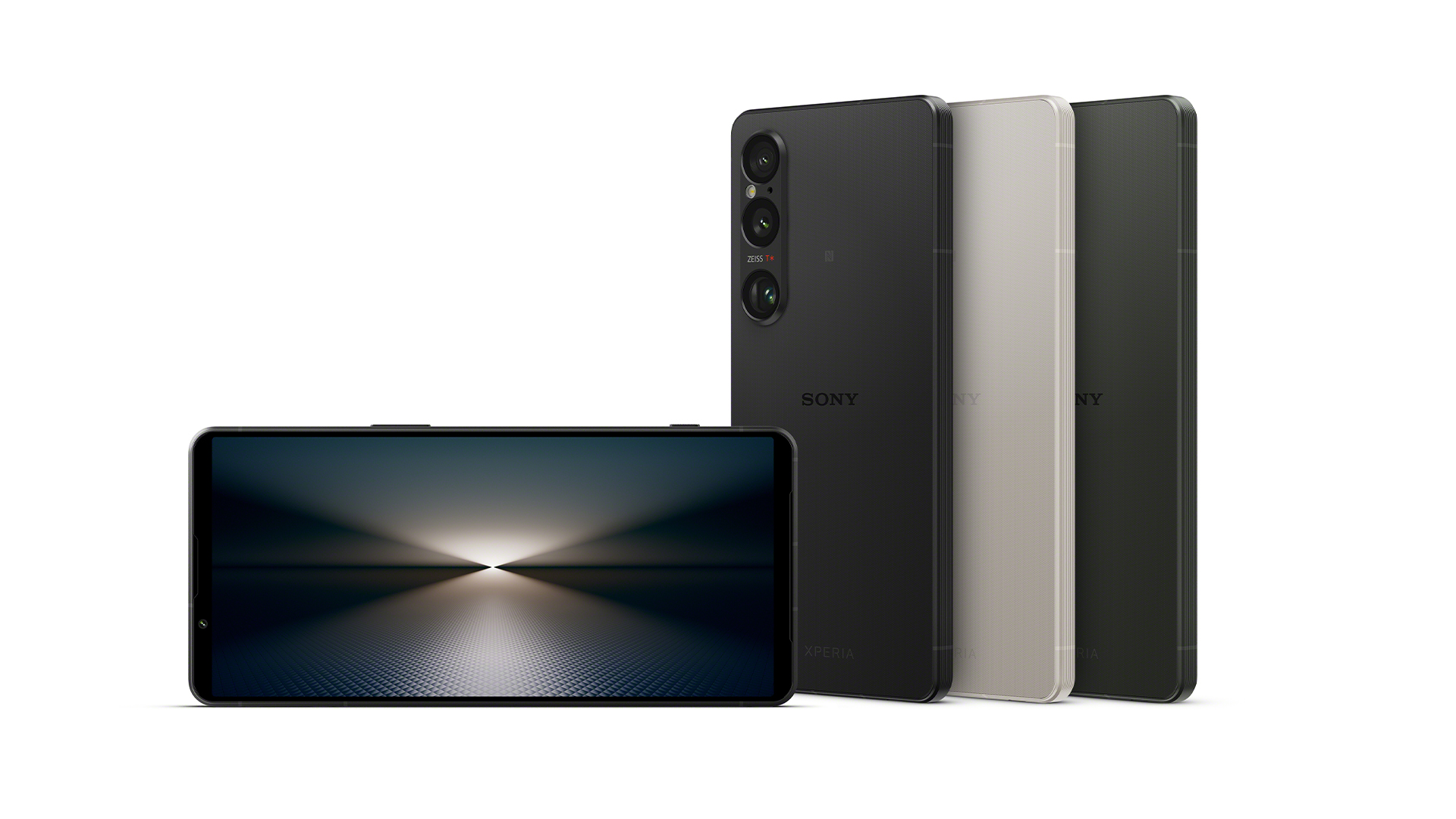
Specifications
Reasons to buy
Reasons to avoid
Sony has gone for a more mainstream approach with the Xperia 1 VI, cutting back on some of our beloved AV features in the meantime – which should make it a worse phone in the process right? Well, that's not the case surprisingly, as Sony has struck a careful balance between retaining its AV pedigree while making it a more user-friendly device overall.
The 21:9 aspect ratio is the first casualty, and while we miss it for watching movies with no letterboxing bars, we find that the day-to-day operation of the handset is greatly improved. Plus the OLED display that's been supposedly tuned by Sony's Bravia TV division is still as crisp, vibrant and detailed as ever, even if it's no longer 4K.
Furthermore, the headphone jack survives for yet another generation, and the Xperia 1 VI is another top-notch handset where headphone audio is concerned. Wired audio is revealing, energetic and engaging, and while the competing iPhone tends to be slightly warmer and richer, the Sony makes up for it with excellent timing and dynamism.
Finally, the Xperia 1 VI features the latest Snapdragon processor from Qualcomm and a 120Hz display which makes it feel extra responsive, while the impressive camera array and intuitive camera app make the Xperia 1 VI a solid choice for budding photographers.
Read the full Sony Xperia 1 VI review
The best cheap smartphone
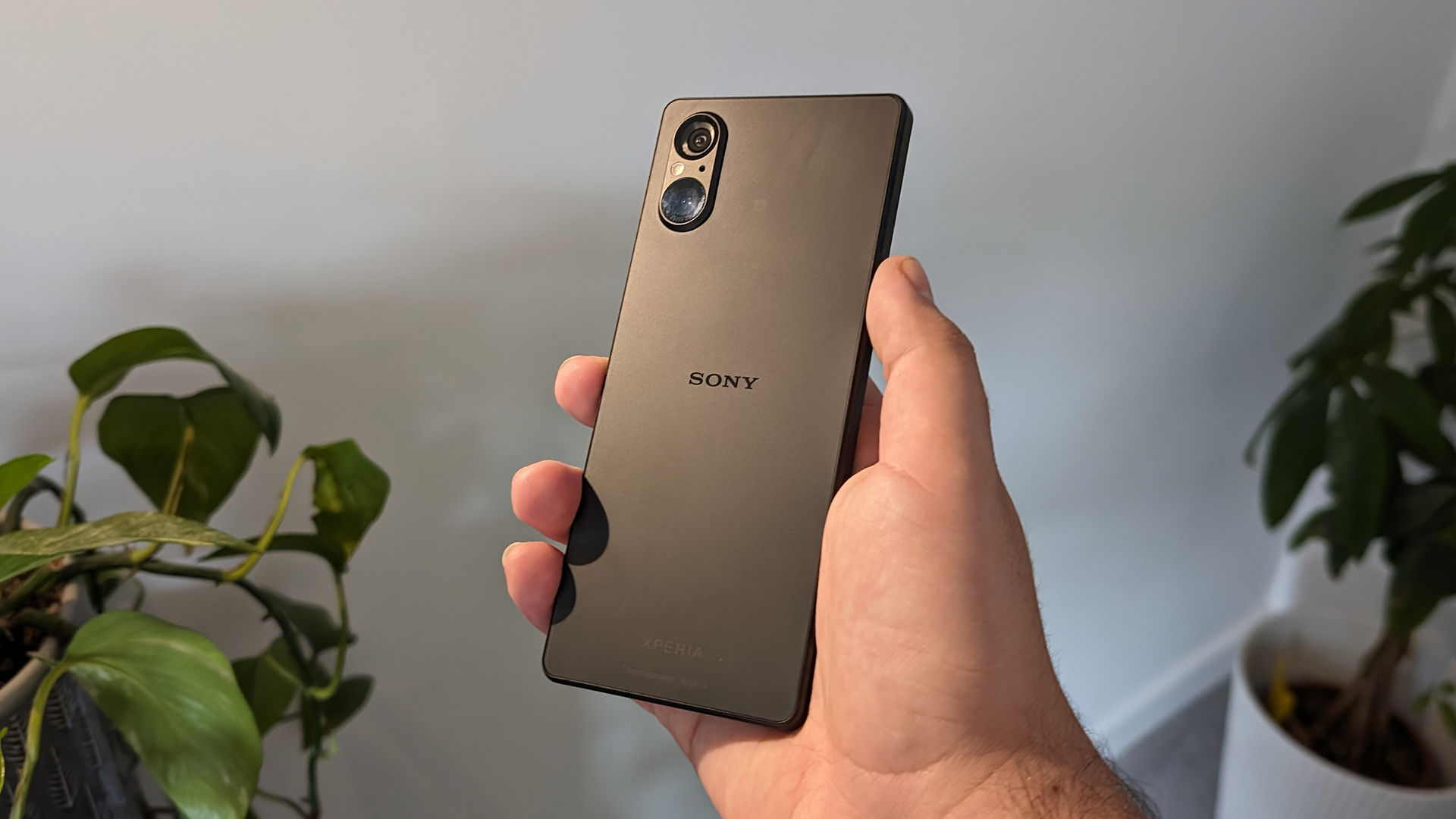
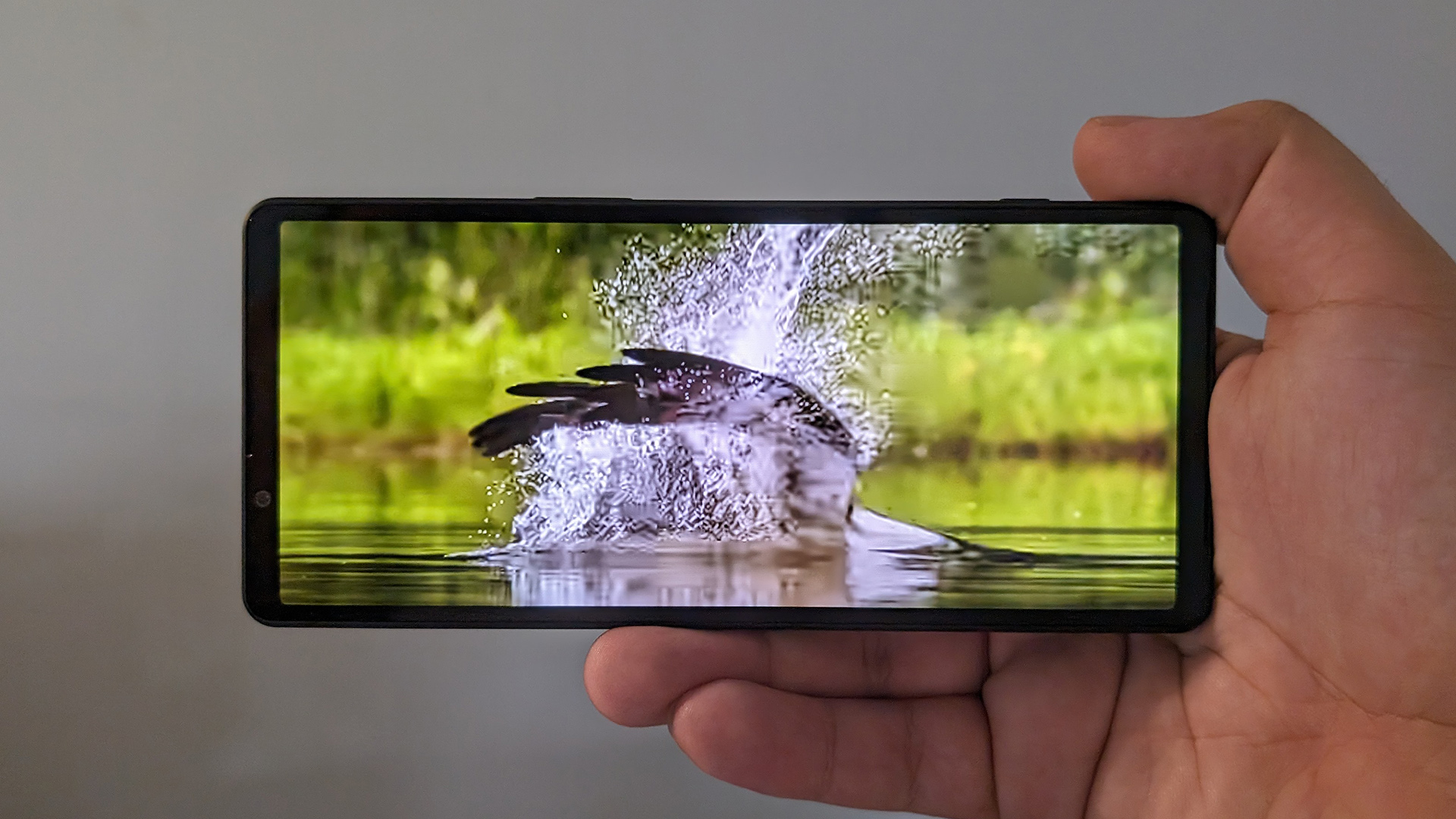
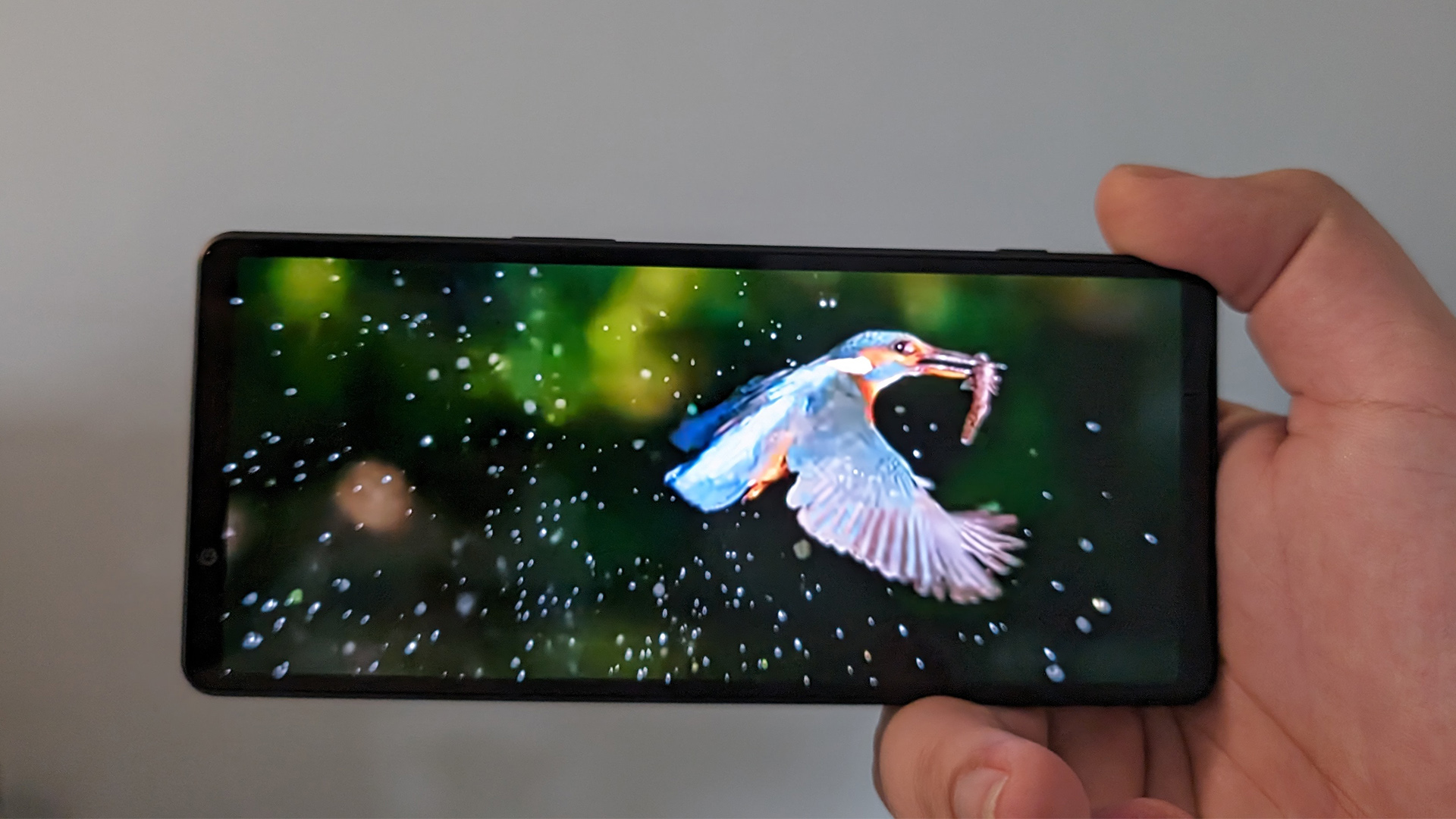
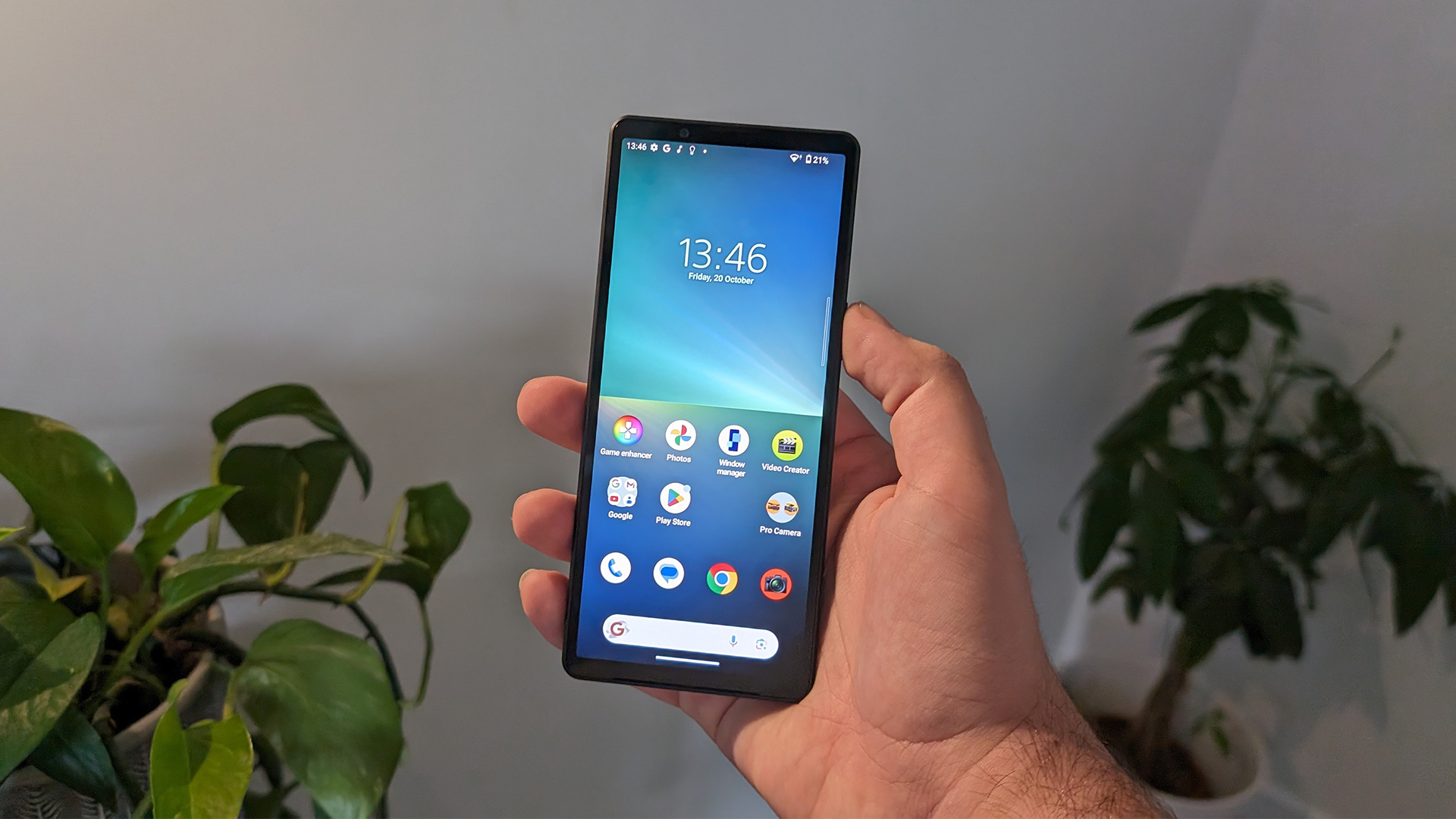
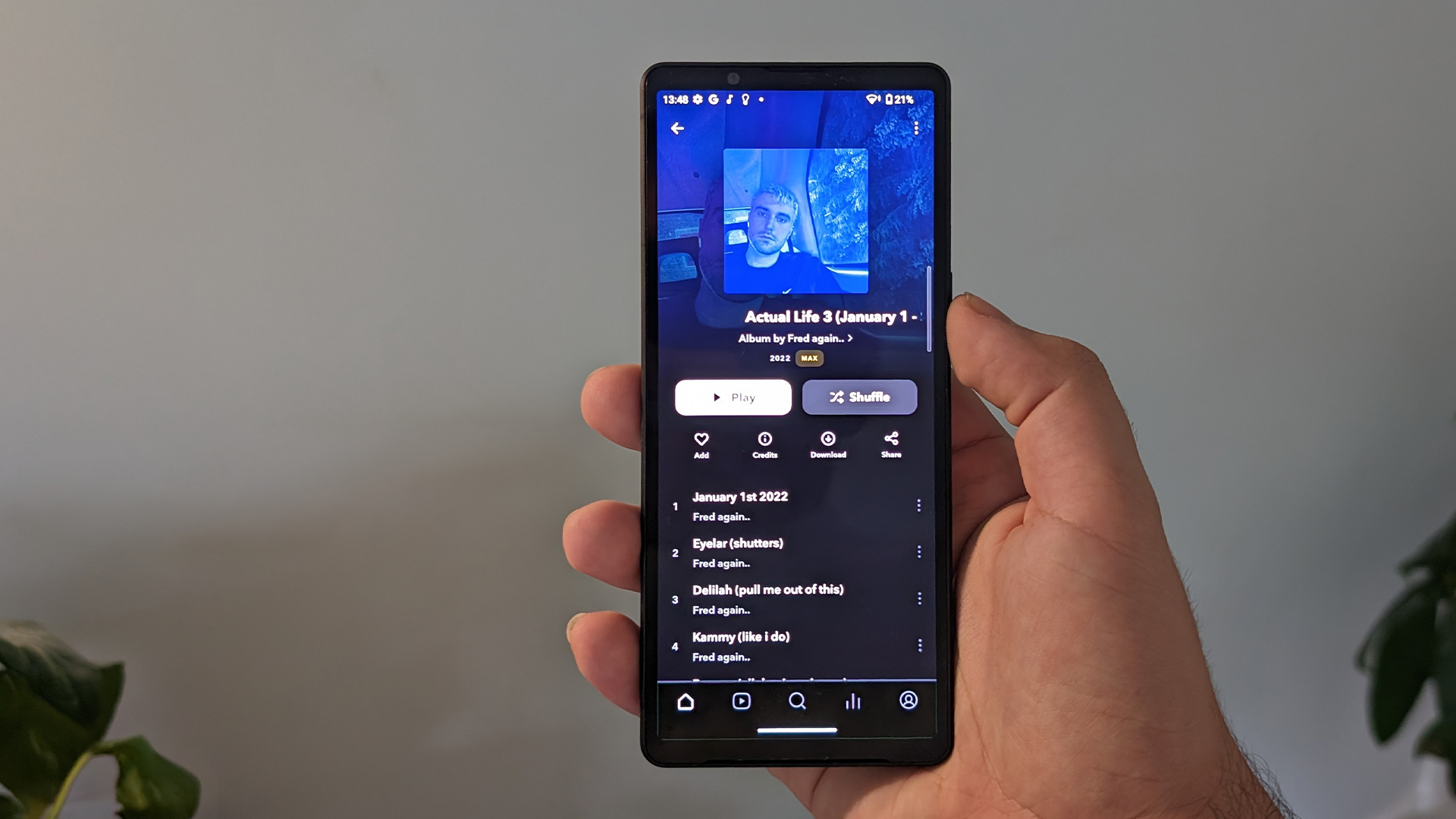
Specifications
Reasons to buy
Reasons to avoid
It's easy to think that you would get the best phone by paying top dollar, but Sony's Xperia 10 VI proves that this is doesn't have to be the case. While its AV features don't match up to more expensive models from the likes of Apple or Sony, it still offers a brilliant on-the-go entertainment experience.
Sony's Xperia series utilises the strategy of cutting down on premium build materials and camera performance, while retaining picture quality in order to reach a more affordable price point. It really pays off, as the Xperia 10 VI delivers a striking and balanced picture. We said in our review: "The opening sequence of Blade Runner 2049 is delivered with well-defined outlines and plenty of detailed texture in clothing, skin and the environment alike. While the display can appear to lean cooler than we prefer, the colours overall remain balanced and well-judged, leading to a pleasingly natural-looking image."
In terms of audio performance, it performs extremely well with headphones. When playing Taylor Swift's The 1, we described it as spacious and dynamic. Its speaker system without headphones is less remarkable but still very much acceptable, and the front-firing stereo pair produces a decent weight.
One thing to bear in mind is the Xperia's camera quality, as it failed to wow us in testing. It gets the job done for quick snaps here and there, but if you’re serious about smartphone photography, this phone will not satisfy your needs.
If that's not a problem for you and you're drawn in by the Xperia 10 VI's performance with music and movies, this could be the perfect budget phone for you.
Read the full Sony Xperia 10 VI review
The best mid-range smartphone
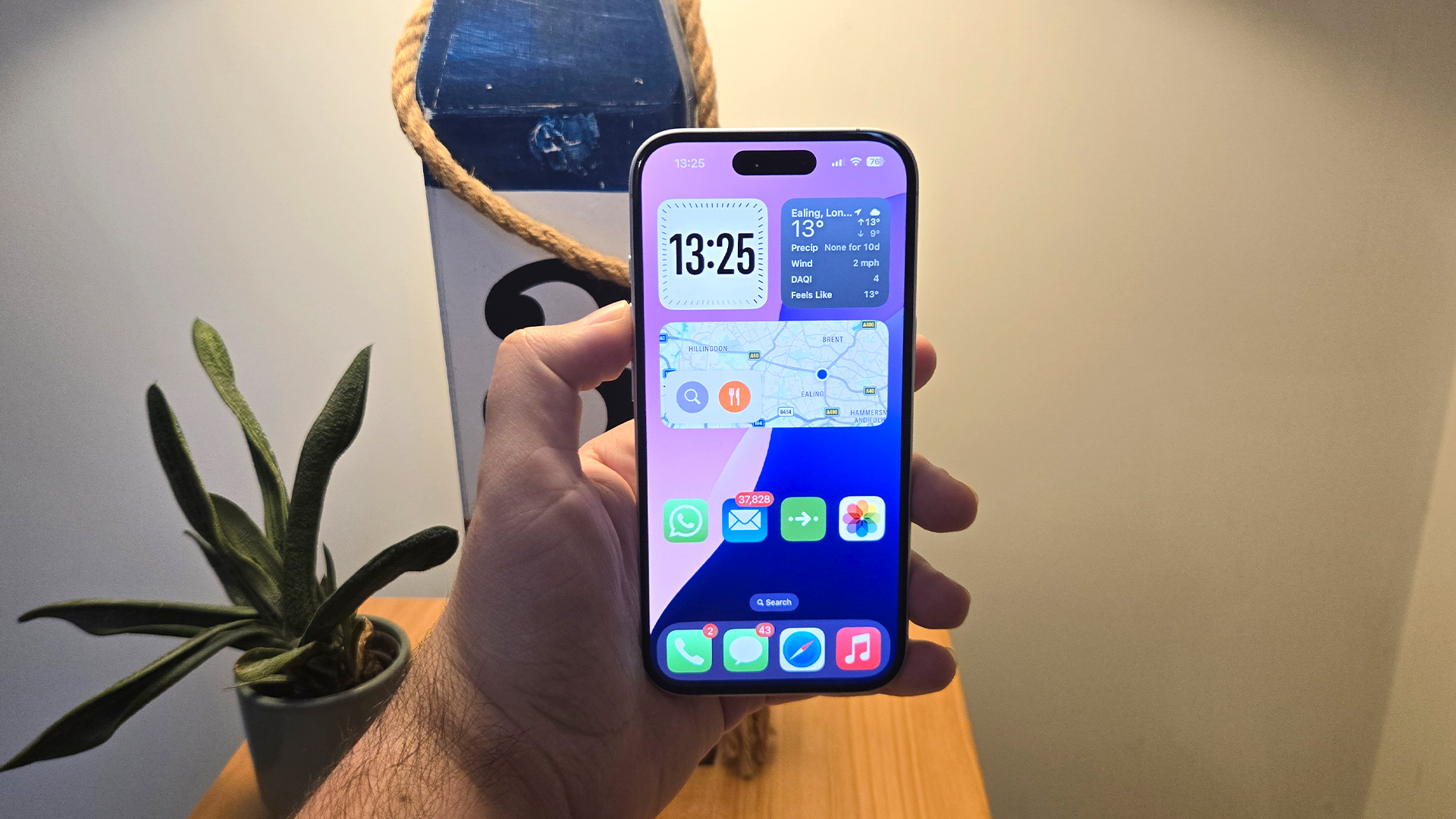
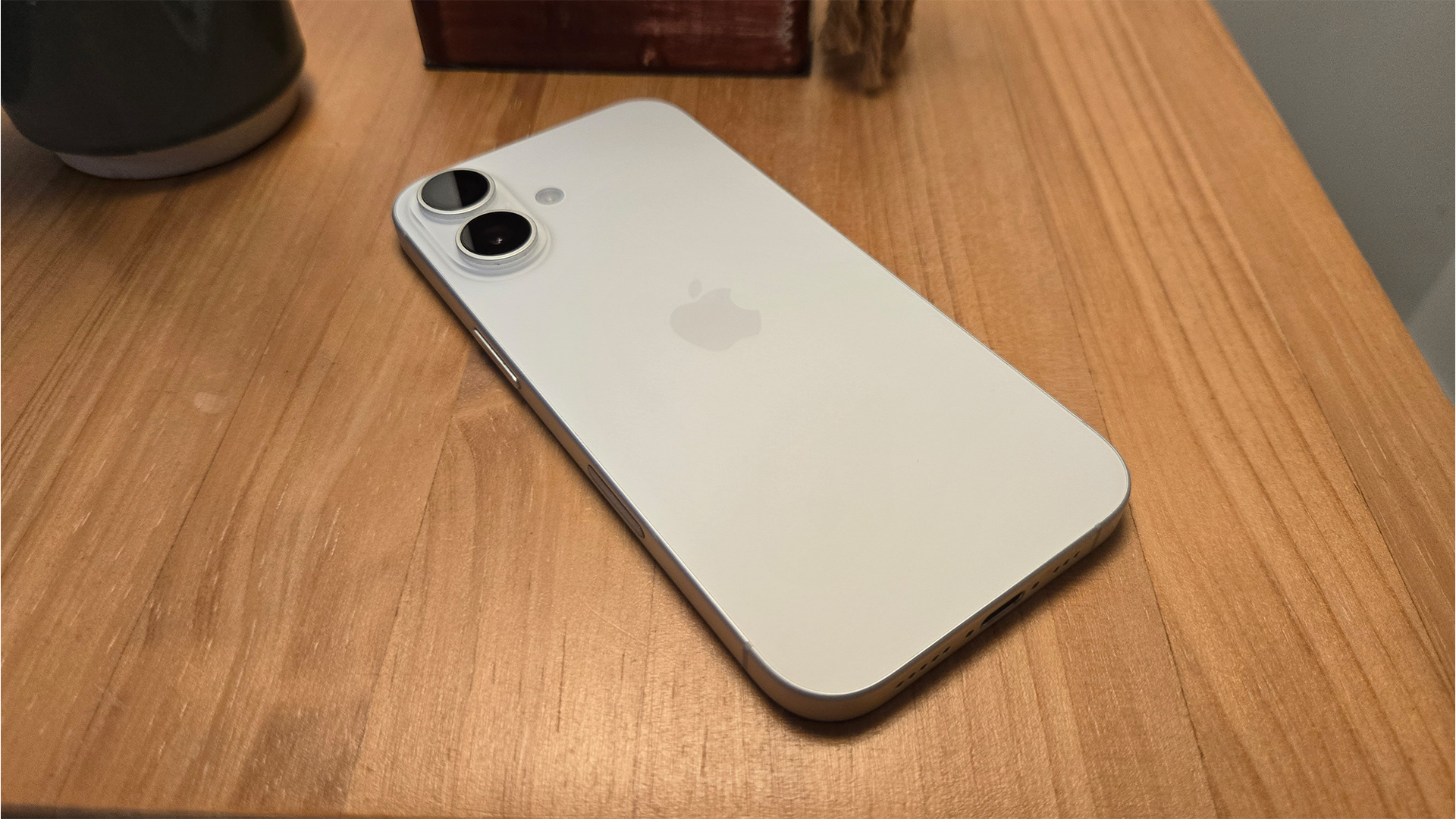
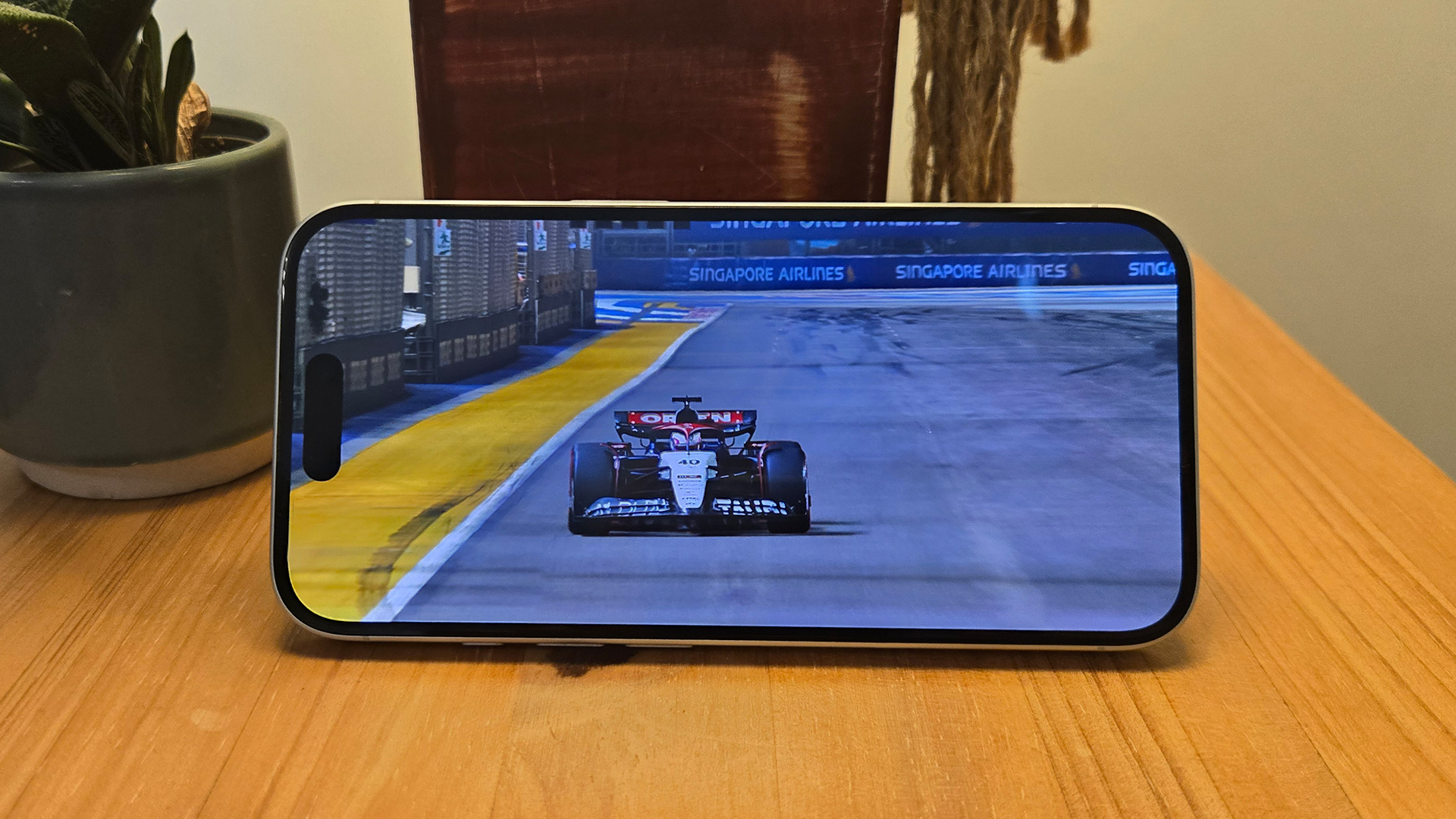
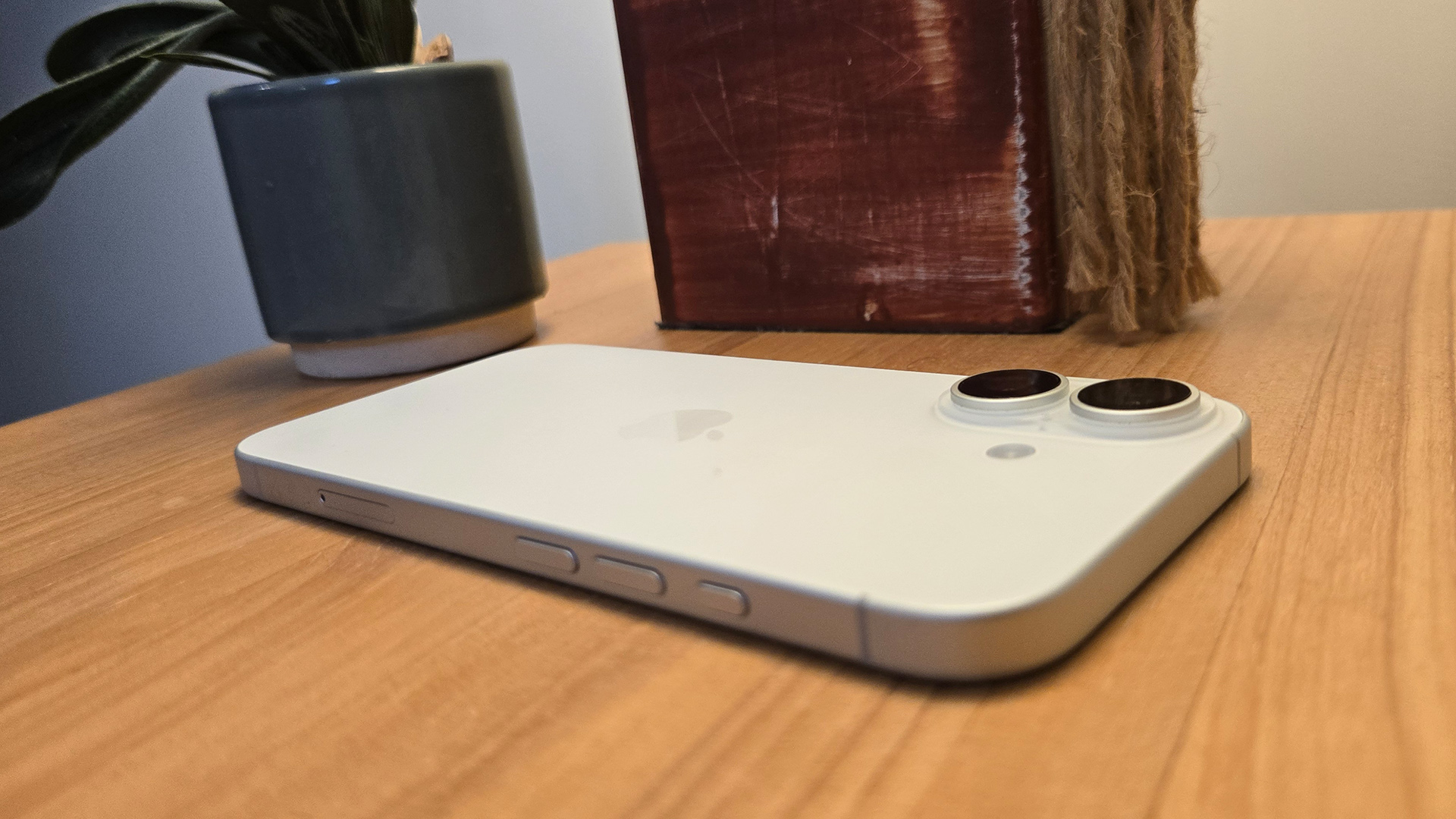
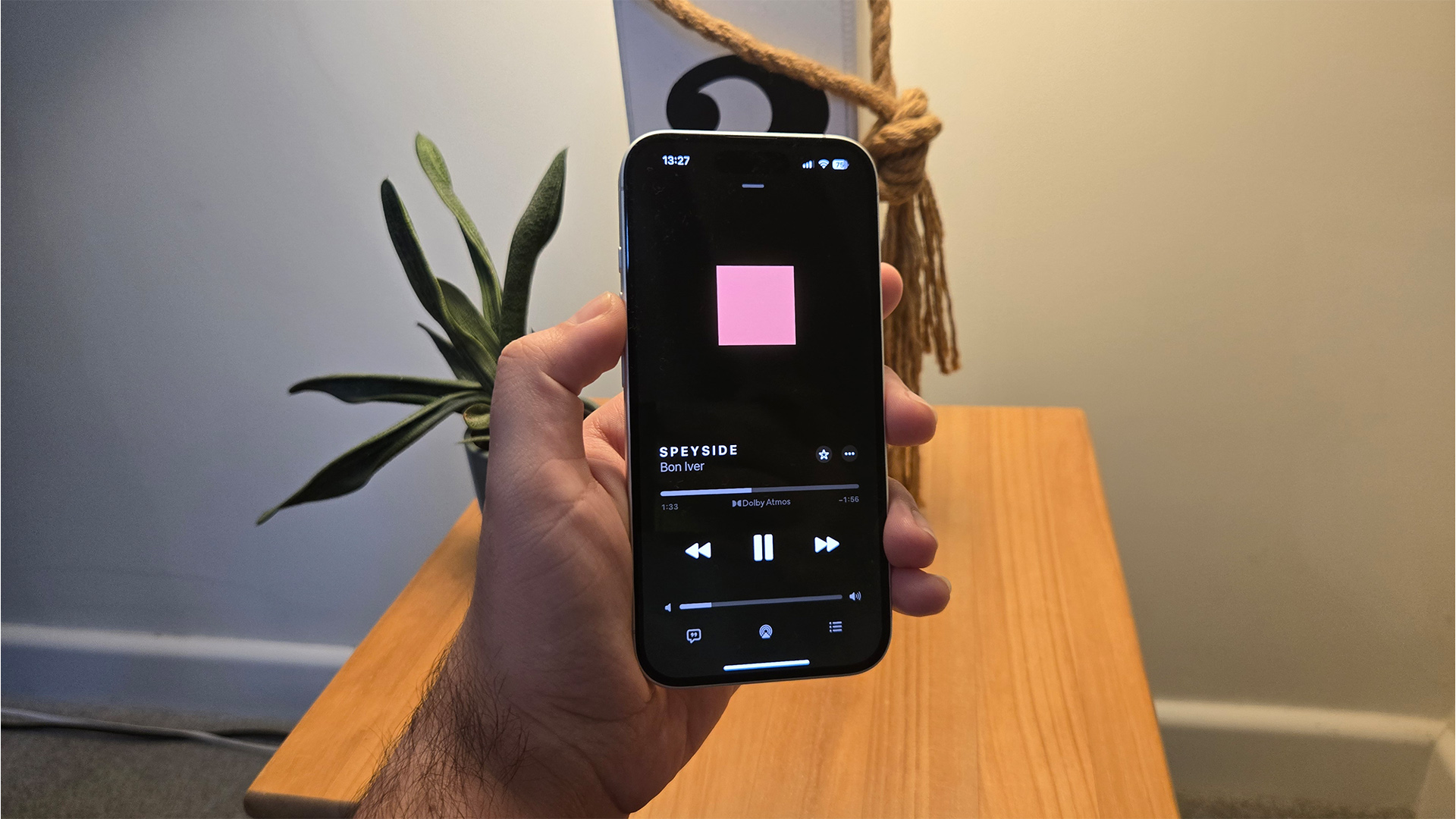
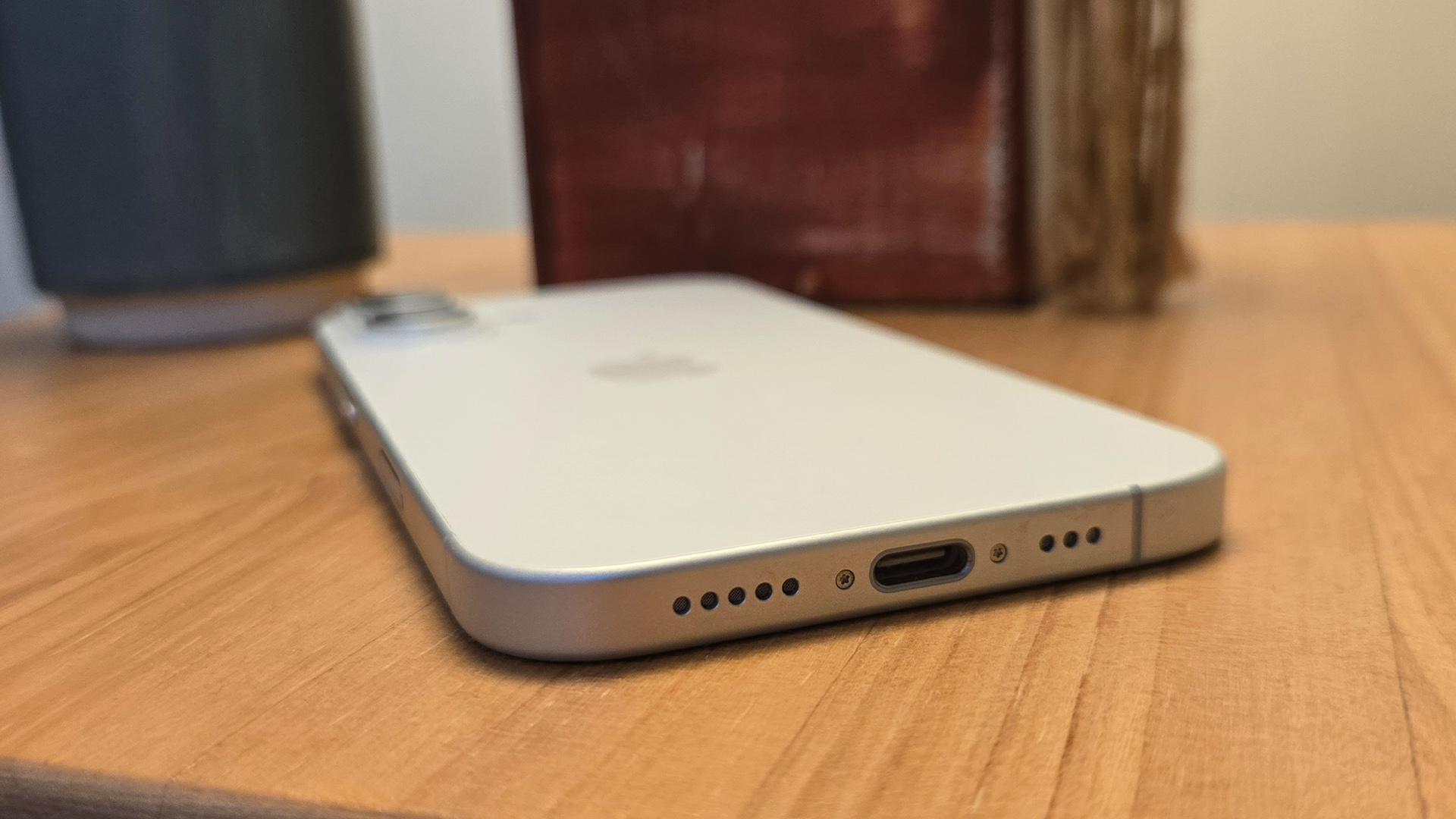
Specifications
Reasons to buy
Reasons to avoid
Apple's smartphone price tag can reach to slightly eye-watering prices, but the iPhone 16 lands on the cheaper side of the tech giant's range. It offers subtle, crisp and engaging picture and rich, detailed sound providing a spectacular AV experience overall. The 6.1-inch OLED screen may not be the biggest, but during our testing process we found it to have a rich and detailed picture.
The iPhone 16 is loaded up with its A18 processor and 8GB of RAM, allowing the device to include a whole host of AI features. These include generative AI emojis, AI writing suggestions, advanced photo editing, but it does lack Apple Intelligence at the moment.
When watching movies on the iPhone 16, it provides colourful and dimensional picture. We said: "The opening scene of 1917 shows us crisp details in clothing, skin and environmental textures, with a tangible grain to the rough fabric of the soldier’s uniforms and the gritty dirt lining the walls of the trenches through which they weave. Much like the iPhone 16 Pro that sits above it in the lineup, the iPhone 16 also manages to skillfully draw our eye to the focal point of the image while retaining an excellent amount of detail and solidity to objects in the background."
In terms of audio performance, it consistently produces detailed and engaged sound with headphones. With the stereo sound system, it's great for watching a spot of TV or a film when you're on the go. It comfortably delivers dialogue and sound effects with plenty of clarity and detail, even if they’re slightly stunted in the dynamics department.
If you're on the hunt for a smartphone that provides detailed sound and a more than solid AV performance without breaking the bank, this is worth forking out for.
Read the full iPhone 16 review
The best Samsung smartphone
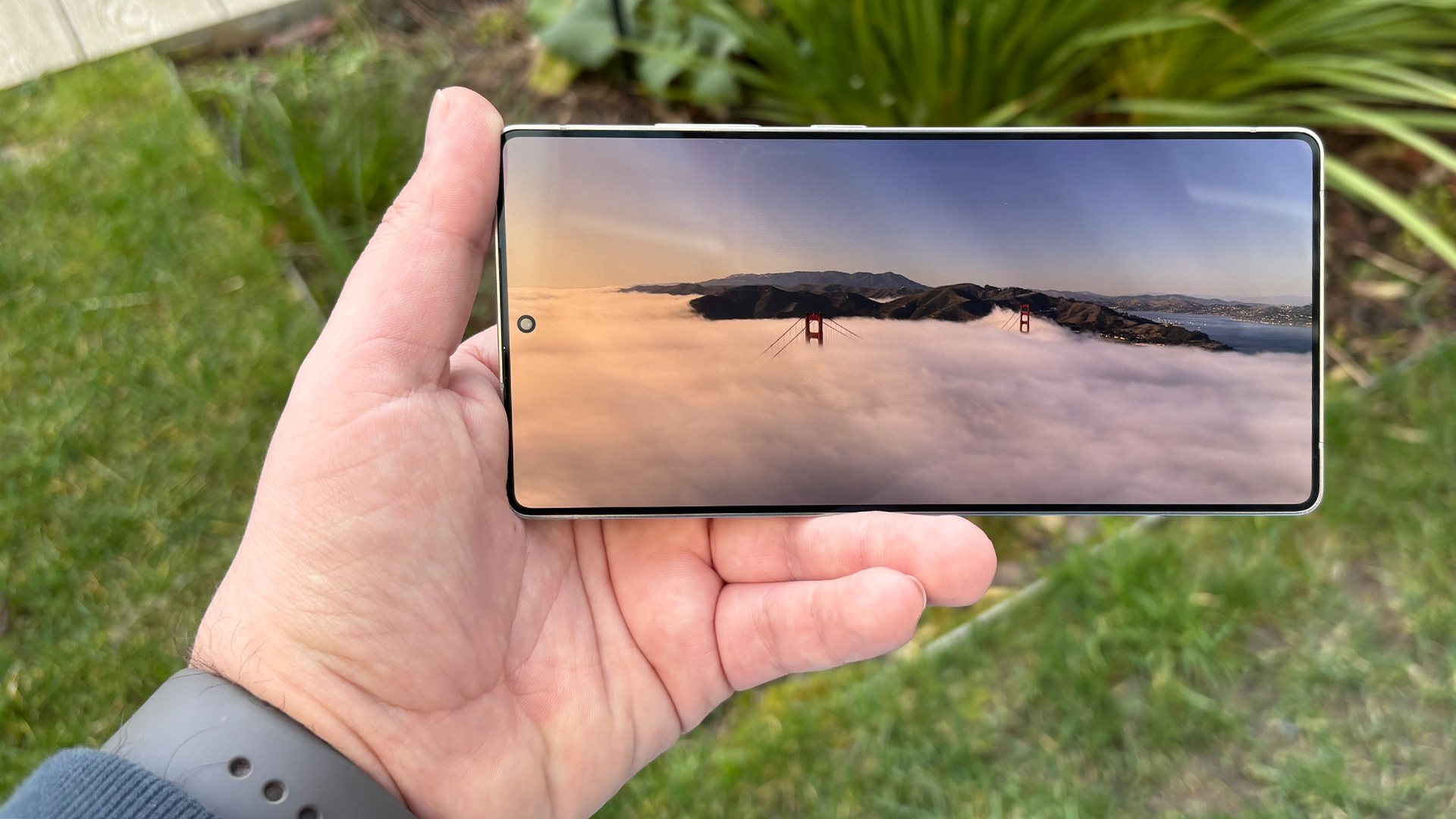
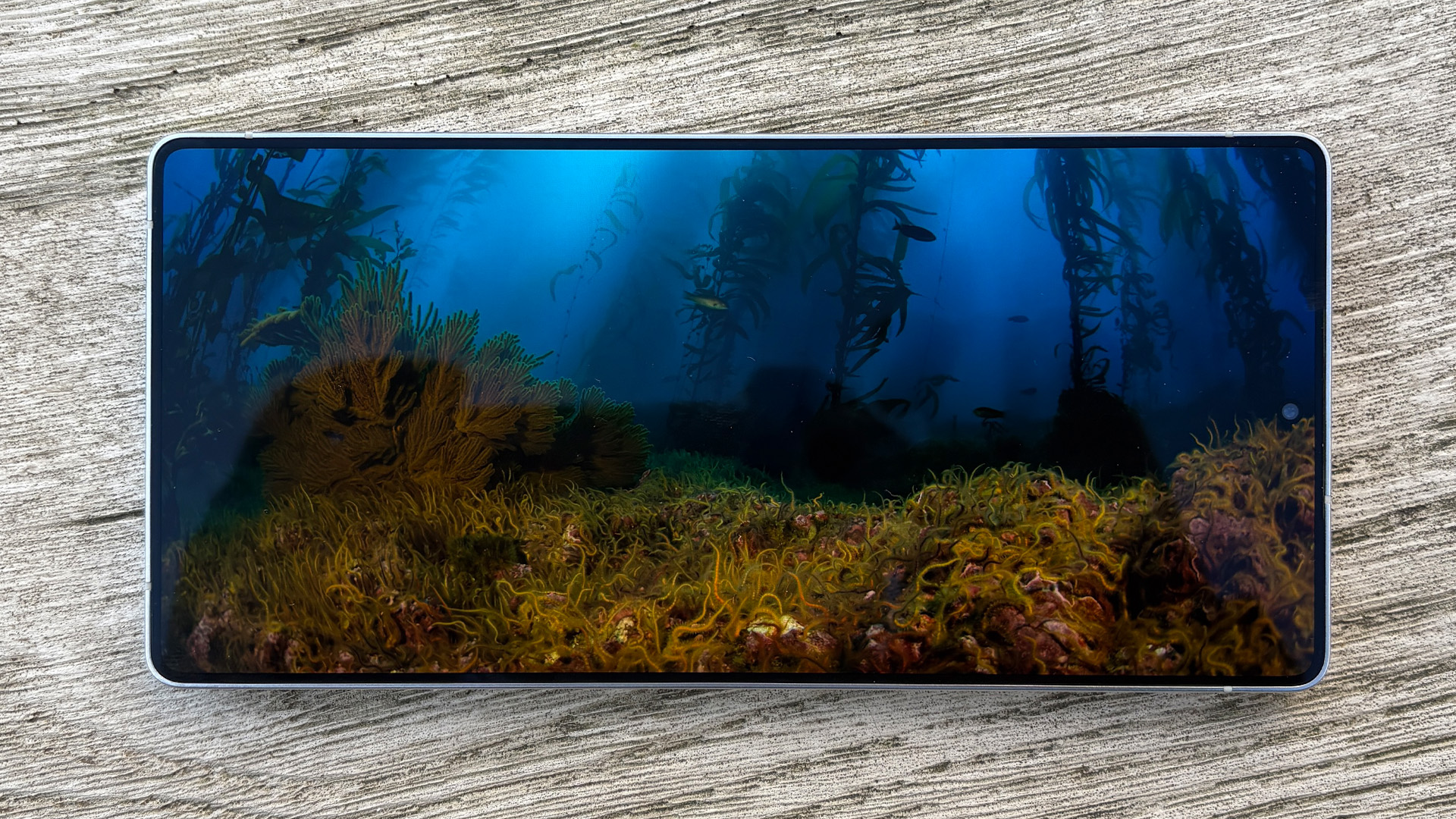
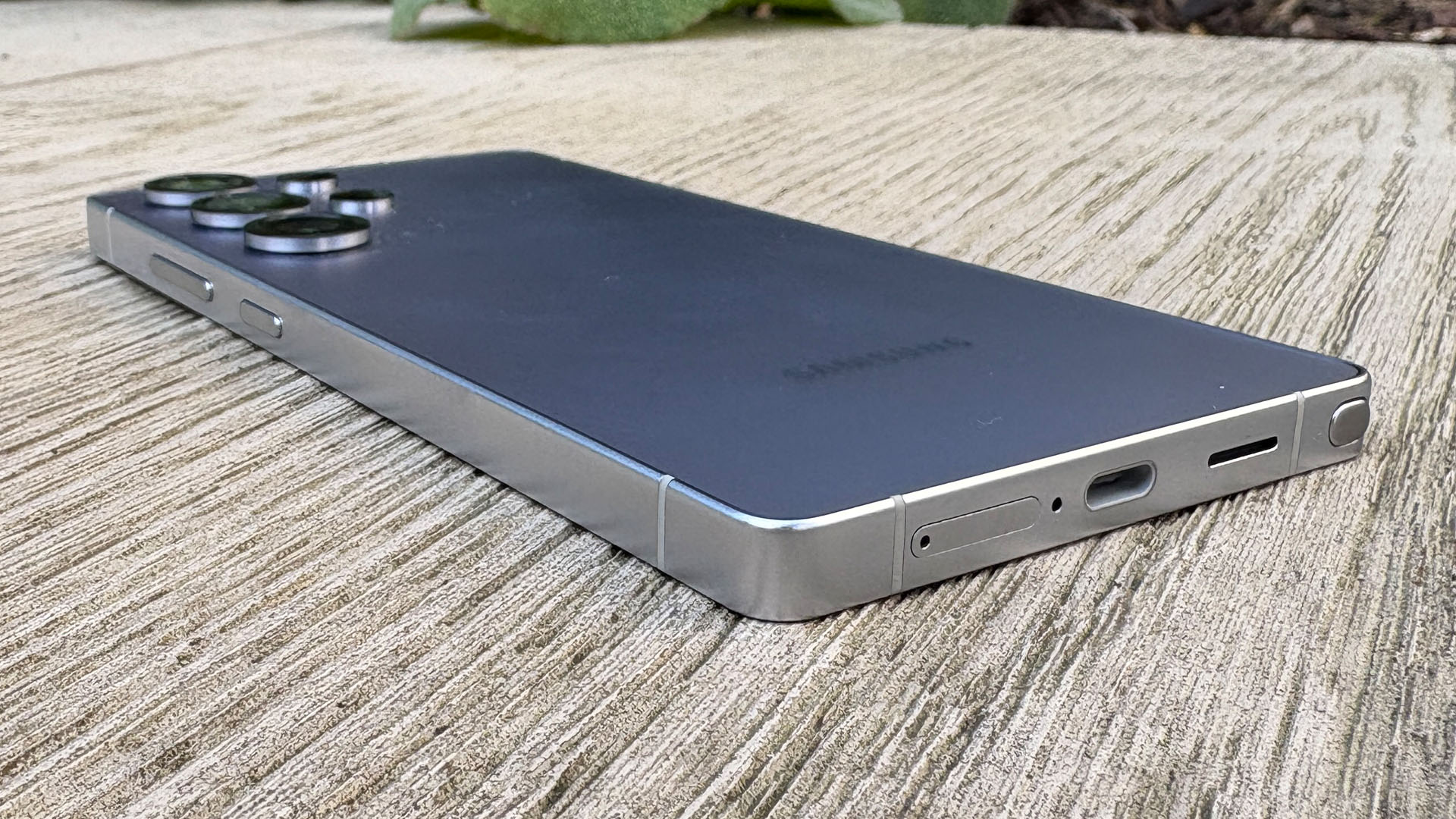
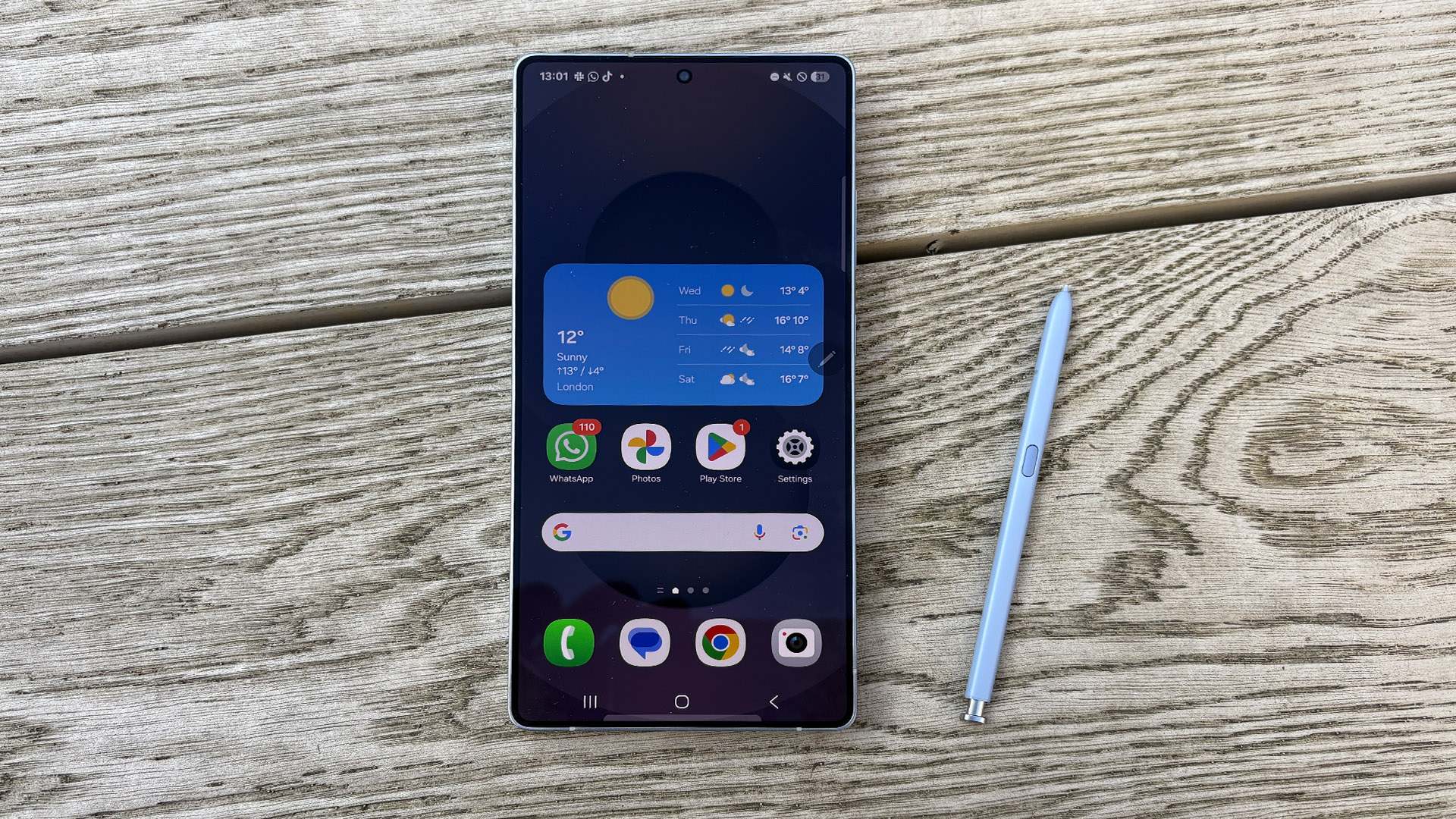
Specifications
Reasons to buy
Reasons to avoid
As well as covering all the expected chops of a smartphone these days, the Samsung Galaxy S25 Ultra stood out to us for its excellent AV features. Its "solid and three-dimensional" image quality is partly down to the phone's new picture-enhancing and ProScaler feature.
During testing, we said: "The S25 Ultra wastes no time in showing us how capable its display is, with the John Wick scene in which Caine is recruited by the villainous Marquis Vincent Bisset de Gramont having an abundance of sharp details."
The handset's sound quality does not quite match up to that of its picture but we still deem it to be a solid effort from Samsung overall, dubbing it "clear and spacious". It supports Dolby Atmos via its stereo speakers (comprising the earpiece and downward-firing loudspeaker) and headphones (wired and wireless).
In terms of other features, the S25 Ultra takes much of what we liked about its predecessor, the S24 Ultra. The latter's Galaxy AI system is carried on to the S25 Ultra, including the incredibly useful Circle to Search with Google, Generative Edit photo editing suite, Live Translation tools and Chat Assist feature. Samsung upgraded this feature for the S25 Ultra, however, by including a new on-device large language model (LLM), which will reportedly make the generative fill tools in the photo editor more reliable and accurate.
Bundle that with lightning-fast performance, a quality camera system and a new titanium frame, and we think Samsung is onto a winner. If the next generation of Galaxy smartphones can nail the sound subtleties then Sony and Apple could be in trouble.
Read the full Samsung Galaxy S25 Ultra review
Also consider
The best alternative smartphones we've tested:
Apple iPhone 15 Plus: The iPhone 15 Plus takes a lot of what we like from the Pro Max and brings it down to a cheaper price point. The large OLED screen with Dolby Vision support is crisp and rich, while the sound performance is equally well-tuned. This is a stellar all-rounder if you're looking for an iOS alternative to the Sony Xperia 5 V on this list.
Google Pixel 8 Pro: The 8 Pro is Google’s best-sounding smartphone yet, but it’s not as precise as we’d like when it comes to timing, and when watching video it lags behind our favourites due to its clumsy handling of shadows and over-enthusiastic approach to colours. As a smartphone, it’s hard to fault, but the AV performance still needs work.
Samsung Galaxy Z Fold 6: Foldable phones are firmly in the mainstream now, and it just so happens that Samsung's latest model is a fantastic option for those with deeper pockets. It delivers crisp and punchy visuals and improved audio performance compared to the S24 Ultra, alongside all of Samsung's latest AI features making it an excellent choice for those who want a cutting-edge smartphone.
How to choose the best smartphone for you
Picking the right smartphone that suits your needs best is harder than it sounds, and may in fact be a trickier task than picking the best TV or headphones. You use your smartphone every day, and for many of us it houses all the integral things we need to keep our day running smoothly. This is where the essentials come into play: good battery life, a design that's comfortable to hold, and a screen that's not too big and not too small.
Many of us also acquire our smartphones through a contract, most commonly these run for 24 months, so you need to plan ahead. Will the phone you choose have a powerful enough processor and enough RAM to last for two years? Which software platform do you want: Apple's iOS that's exclusive to iPhones, or Google's Android platform that's used by the likes of Samsung, Sony and OnePlus? And does the phone have enough features to keep you going for that time, such as a versatile camera or micro SD card support to expand the memory.
However, if you're after the highest quality AV performance (as we are), then that's where things become more black and white. You'll want an OLED screen for inky blacks and vibrant colours, with a 18:9 or 21:9 aspect ratio and minimal bezels, ideal for watching content uninterrupted and as the the filmmaker intended. As standard, many phones come with either a 1080p or 1440p, or in some cases a 4K display on the highest-end models. As smartphone displays are much smaller than TVs and even tablets, they are often very pixel dense, meaning that the highest resolution isn't always paramount, so don't be put off if your handset doesn't feature the highest-spec screen.
Audio is equally important, and the audio landscape on mobile phones has changed greatly in the last few years. Many now feature a stereo speaker setup that combines a loudspeaker and earpiece to create an often impressively loud and spacious sound. However what modern smartphones giveth, they must also taketh away as is the case with the 3.5mm headphone jack, which is an endangered beast on modern devices.
With all of these key factors in mind, many see it a daunting task to pick a new phone, dreading the day their contract is up. But fear not, all of the picks above are fully approved by us, which should be enough to help you make your decision.
Smartphone FAQ
What’s the difference between iOS and Android?
Every phone has an operating system (a bit like Windows on a PC) that makes everything work and allows you to navigate to and use its features. There are two main operating systems to choose from: iOS and Android. iOS is exclusive to Apple phones, whereas Android, which was created by Google, is open-source, meaning any handset manufacturer can install it. Some even add their own skins on top and – for better or worse – preload exclusive apps.
Android tends to be more customisable than iOS, and in general Android phones are cheaper than iPhones, but the differences between the two are probably more negligible than ever these days and it usually just comes down to personal preference.
Which is better: iOS or Android?
The answer to that question is almost entirely subjective, and, unless this is your first smartphone, depends largely on which platform you’re used to. Both come with whole ecosystems of apps, cloud storage and other compatible devices, so sometimes it can feel like you’re locked into whichever one you chose initially.
At least with Android the wide-ranging list of manufacturers means you have plenty of choice when it comes to handsets, with nothing to stop you switching from Samsung to Sony or OnePlus to Google almost seamlessly.
Many Android users cite the freedom to customise as a big selling point, but there’s also something to be said for the more limited approach that Apple takes. Its tighter control over apps and services allows for a more consistent performance from and across iOS devices; with an iPhone you always know what you’re going to get.
Is resolution the most important screen spec?
Resolution is a good place to start, but having as many pixels as possible is arguably less important when you’re dealing with a display that’ll fit in your pocket, so you don’t need to worry about making sure your phone screen is 4K. Instead, look for the pixel density (or PPI, which stands for pixels per inch).
You’re going to be using your phone in all kinds of lighting conditions, so it’s also worth paying attention to the maximum brightness, which is measured in nits. The brighter the screen will go, the better it’ll be able to compete with direct sunlight, so you should be able to see it more clearly on nice days.
Refresh rate is another factor to consider. The higher the number the smoother it should feel in operation, although many phones now have screens with variable refresh rates, which change depending on what you’re asking the phone to do. That means it’ll be high when scrolling or watching video, but can be very low in order to enable an always-on mode.
All of the phones on our list have OLED screens, which tend to offer the best contrast, but cheaper phones will often use LCD instead.
How we test the best smartphones
While it’s true that smartphones aren’t our core focus at What Hi-Fi? (the clue’s in the name), the fact that they’ve become many people’s most-used item of technology, and for some the primary way they consume music and video, we think that it’s important to find out which ones are the best at doing just that.
Every product we test at What Hi-Fi? is subject to the same thorough process, which involves spending some time in our state-of-the-art testing facilities in London, Reading and Bath with our expert reviewers, but perhaps more than any other product type we also spend time with smartphones out in the real world. We use them in our day-to-day lives – while we commute, around the office, out and about at the weekends – testing every feature exhaustively.
Of course, we pay particular attention to the audio and video performance, so while it’s important to try out the camera and see how long the battery lasts, our smartphone reviews are skewed towards listening to music and watching videos. If that’s also important to you, you should read them carefully before taking the plunge on a phone that you might have to keep for the next two years or more.
Every smartphone we test is compared to its rivals, whether that’s the latest iPhone, Samsung Galaxy, or a handset from one of the newer upstarts like OnePlus, and all verdicts are the result of a collaboration that involves the whole editorial team, so you’re never getting the opinion of just one reviewer.
For more on how we test and review products, you can read our in-depth guide.
MORE:
Get the What Hi-Fi? Newsletter
The latest hi-fi, home cinema and tech news, reviews, buying advice and deals, direct to your inbox.
Lewis Empson is a Senior Staff Writer on What Hi-Fi?. He was previously Gaming and Digital editor for Cardiff University's 'Quench Magazine', Lewis graduated in 2021 and has since worked on a selection of lifestyle magazines and regional newspapers. Outside of work, he enjoys gaming, gigs and regular cinema trips.
